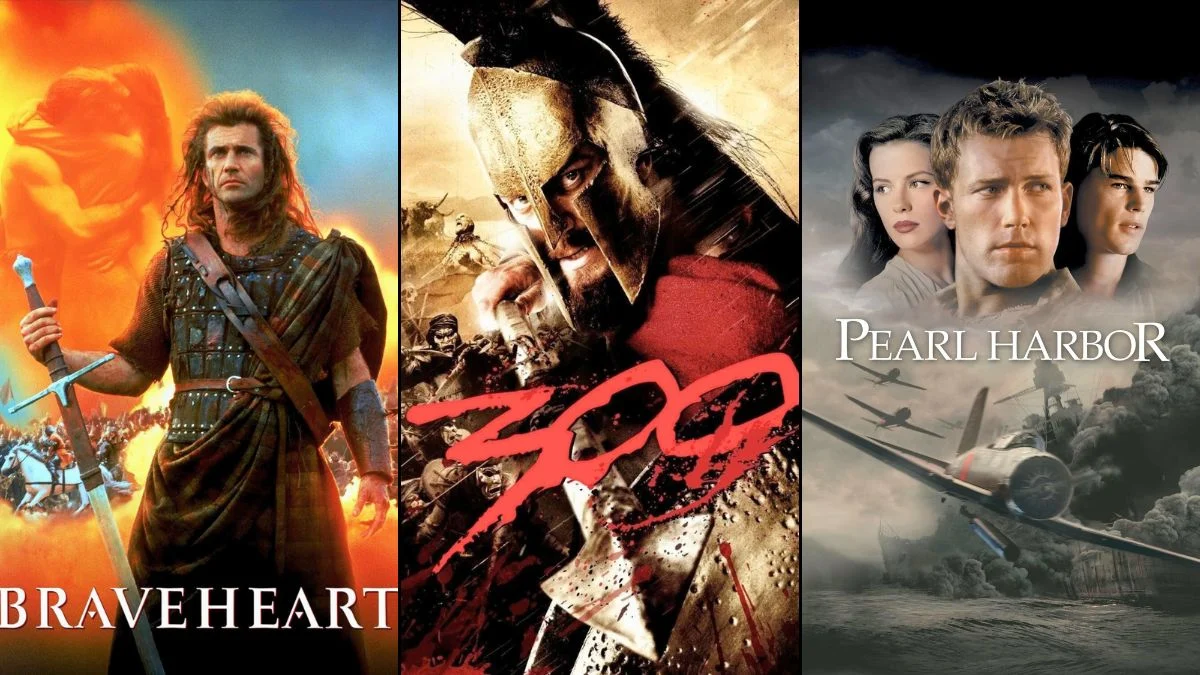
Movies and historical accuracy don’t always align. Many popular films take liberties with the past – changing dates, creating fictional characters, or glossing over difficult realities to create a more compelling narrative. The films below have been noted by historians for these kinds of changes, ranging from made-up love stories to inaccurately portrayed battles. Consider this a helpful guide to understanding what was altered, so you can distinguish between the movie’s storytelling and what actually happened.
‘Braveheart’ (1995)
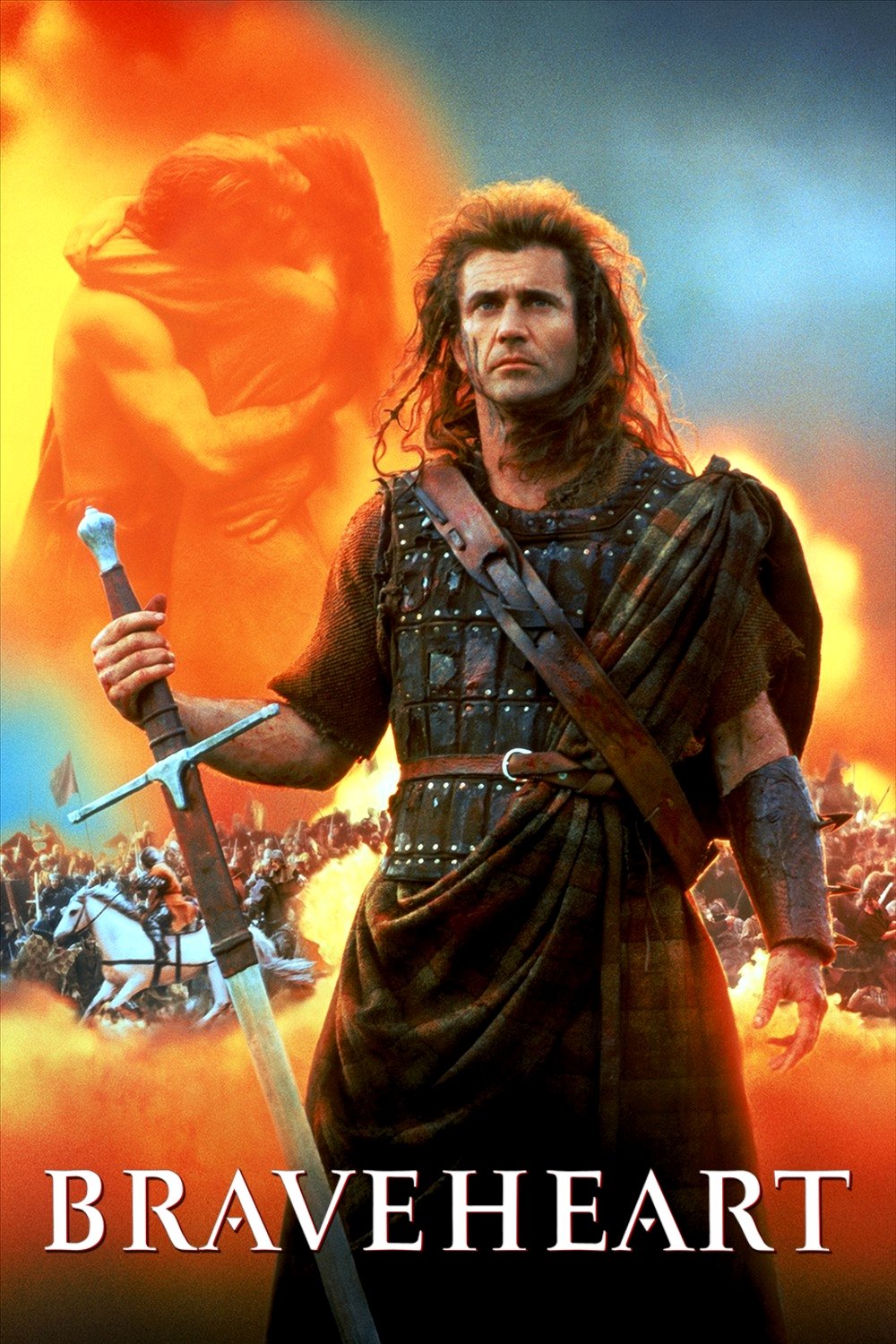
The movie inaccurately portrays medieval Scots wearing tartan kilts, as this style didn’t appear for many centuries. The romantic relationship between William Wallace and Isabella of France is also fictional, because Isabella was a child living in France during Wallace’s life. Furthermore, the film streamlines the complex events of the First War of Scottish Independence, leaving out important political context.
‘300’ (2006)
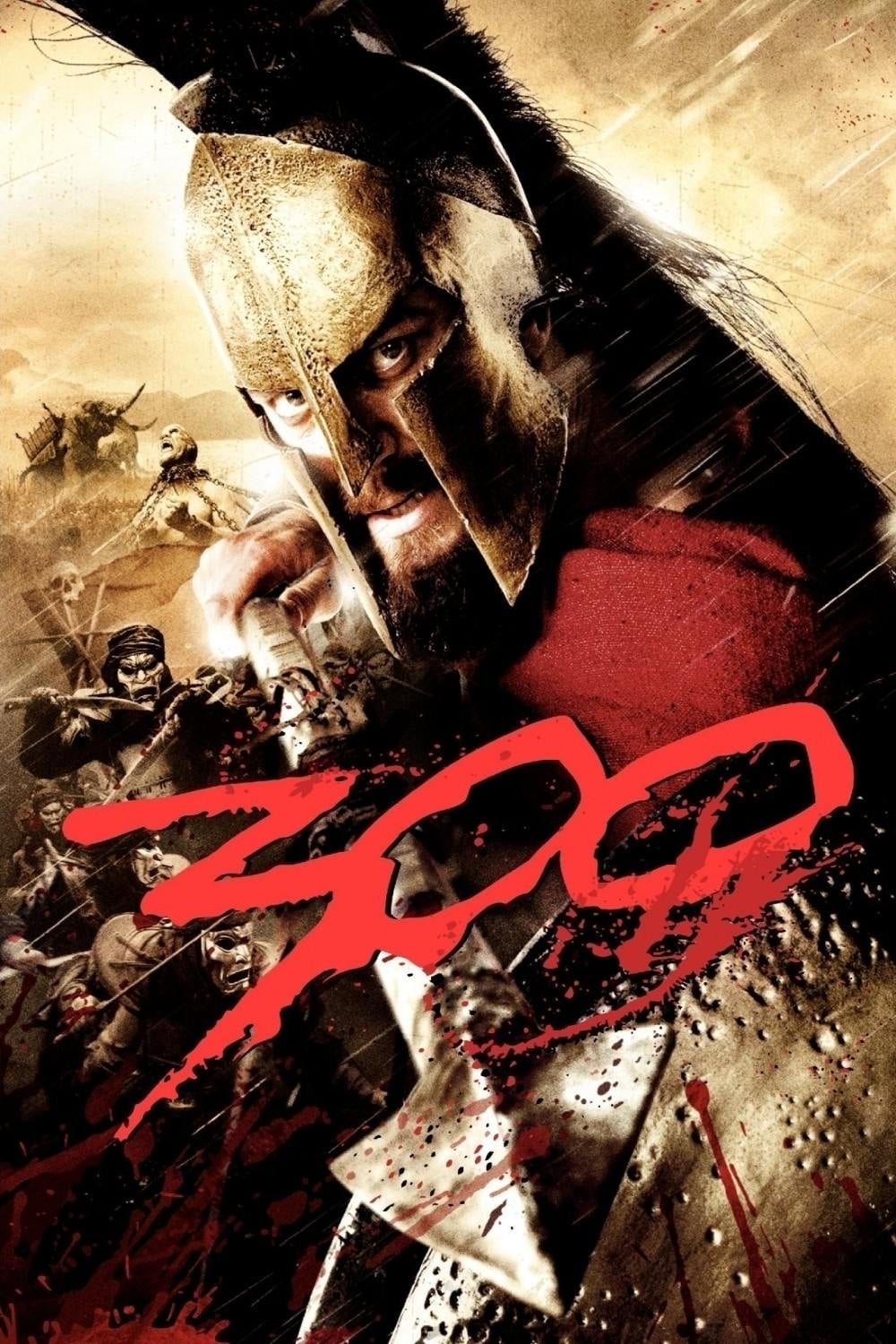
Despite being elected officials in Sparta, the film depicts the ephors as dishonest and otherworldly. It also inaccurately shows war elephants and a rhinoceros at the Battle of Thermopylae and overemphasizes how Spartans fought, downplaying the help they received from other Greek cities.
‘Gladiator’ (2000)
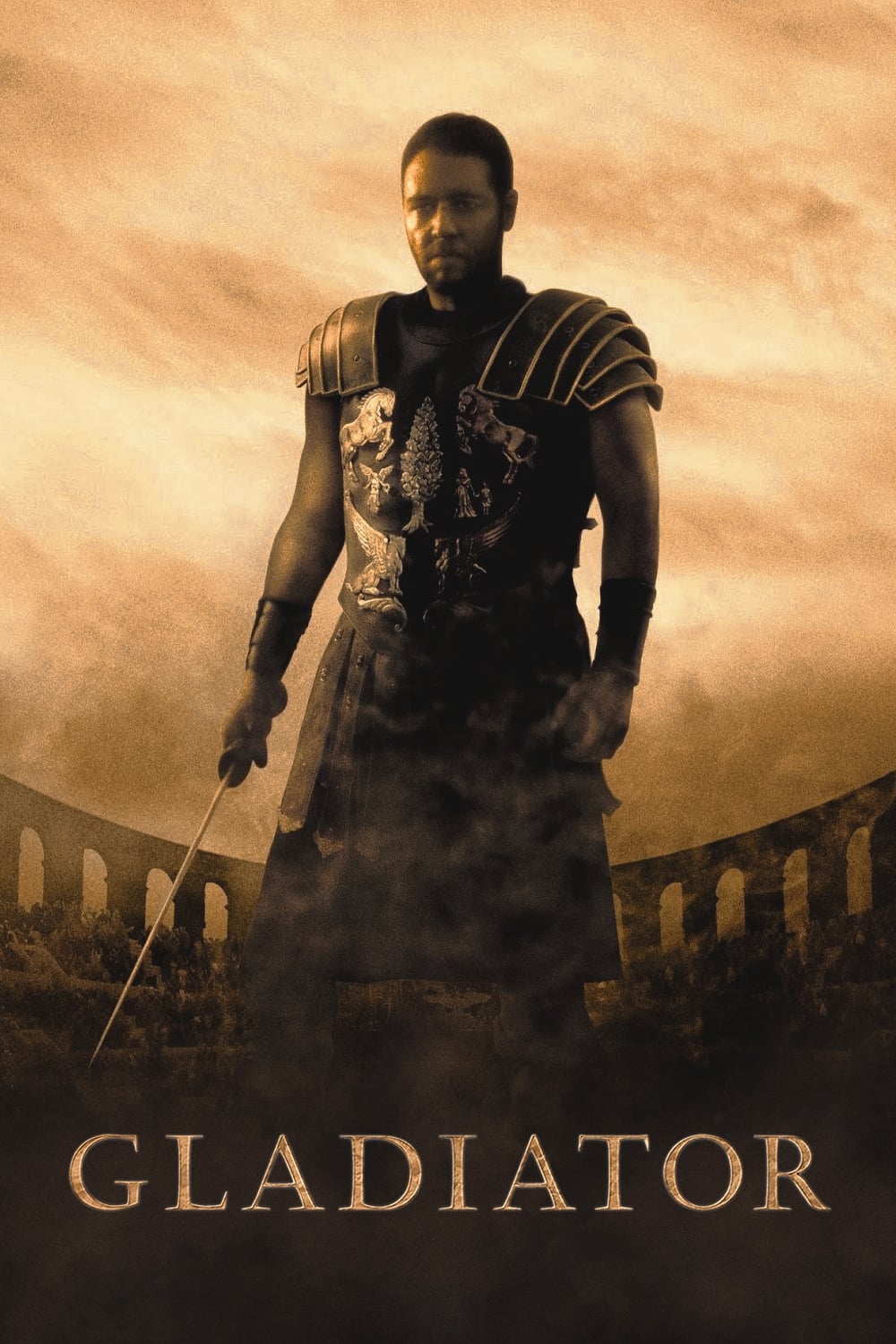
The movie takes some liberties with historical accuracy. Commodus wasn’t actually killed in the arena; his death happened differently. The events surrounding Marcus Aurelius’s death and the power struggle that followed are shown more quickly than they happened in reality. Also, the rules of gladiatorial combat and the workings of the Roman Senate are simplified to make the story easier to follow.
‘The Patriot’ (2000)
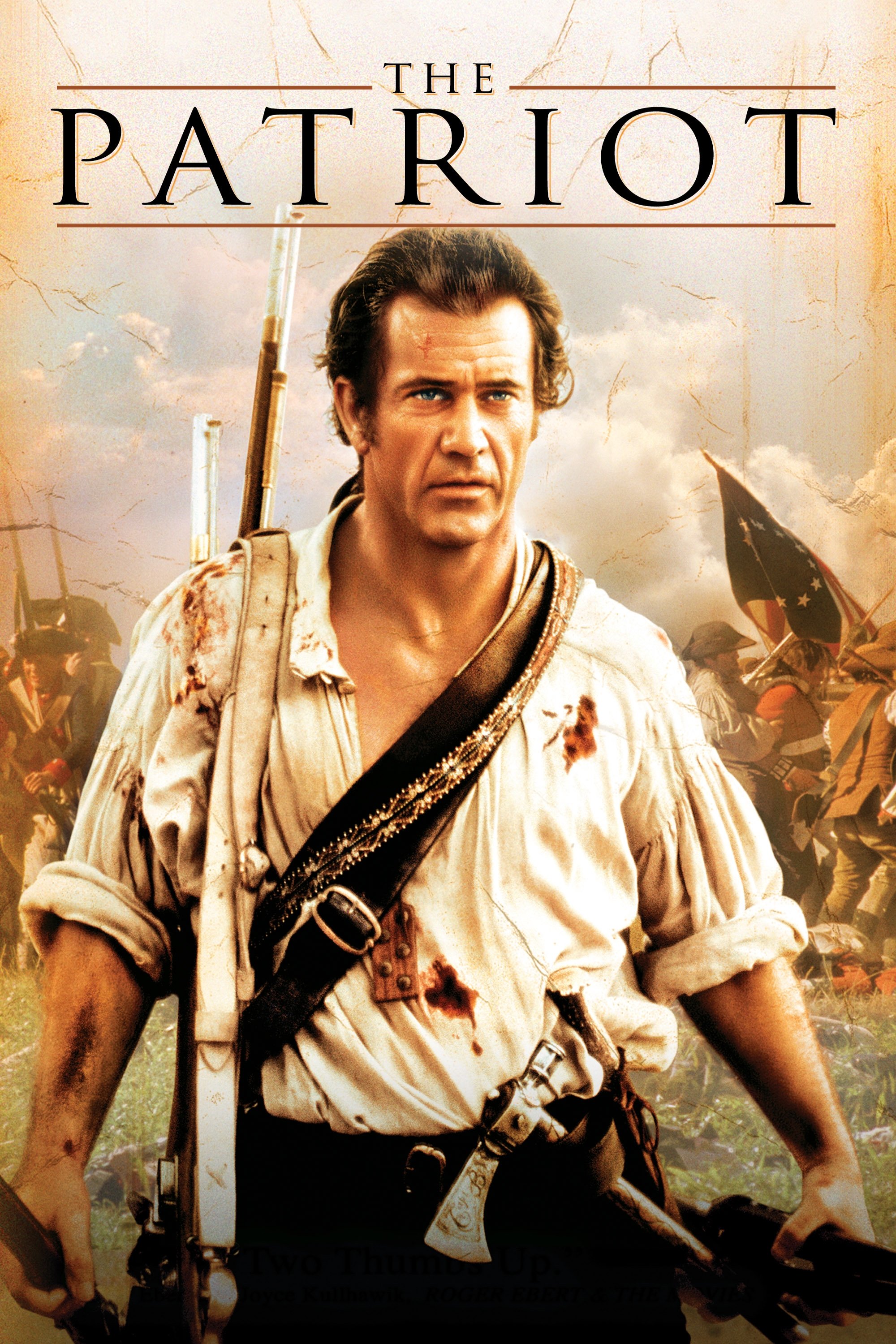
The movie’s villain is inspired by the historical figure Banastre Tarleton, but the filmmakers exaggerate his cruelty with unconfirmed acts, like burning a church filled with people. They also change the timeline and combine events from battles in the South, and create a single heroic character by blending the accomplishments of multiple real people.
‘U-571’ (2000)

While a US crew is often credited with capturing an Enigma machine in 1942, British forces actually seized one – along with crucial codebooks – from a German submarine, U-110, in 1941. The US did later capture another submarine, U-505, in 1944. However, the film takes liberties with the historical details – including the equipment used, dates, and people involved – to create a simpler, more dramatic story.
‘Pearl Harbor’ (2001)
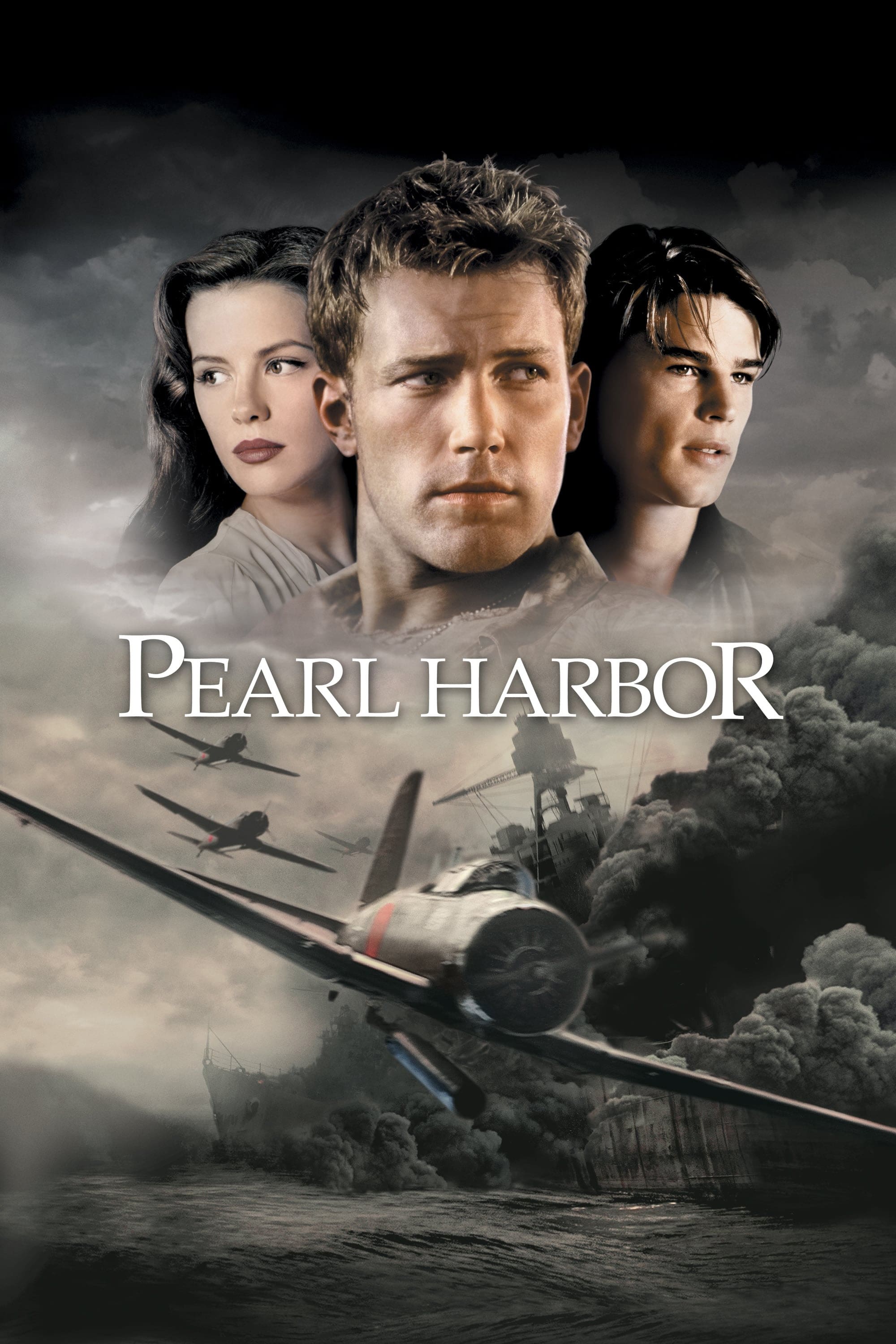
The main characters and their romantic relationships were created to build the story around the attack. To make the movie flow better, the timing of the Doolittle Raid and some details about how the attack happened were changed. Some scenes show fighting methods and planes that weren’t actually used in 1941 or 1942.
‘JFK’ (1991)
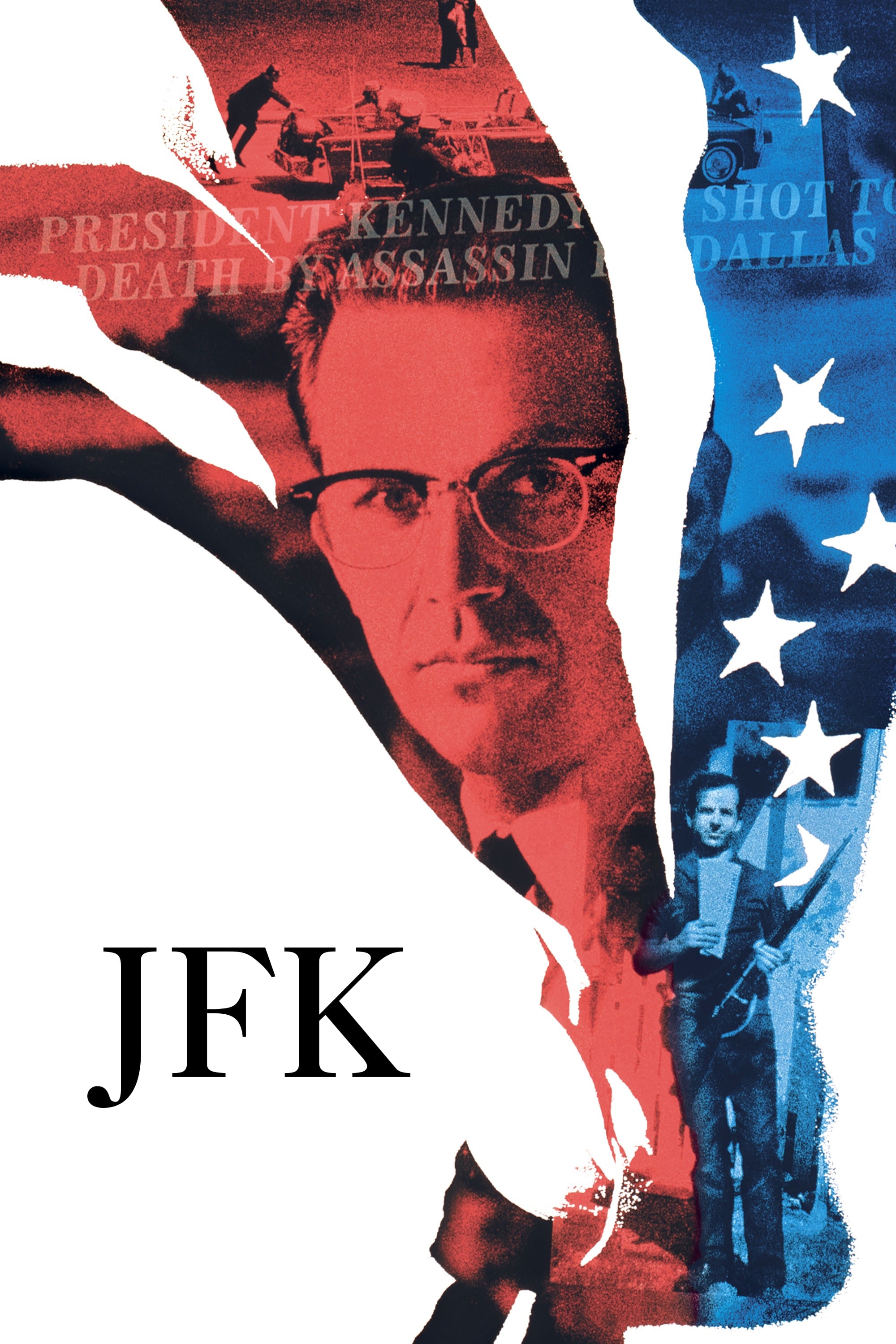
The story combines several conspiracy theories into one central investigation. It presents debatable evidence, like ballistic reports and what people said they saw, as if they are proven facts. The way the New Orleans legal case and supporting evidence are shown simplifies or changes what witnesses said and when things happened.
‘Argo’ (2012)
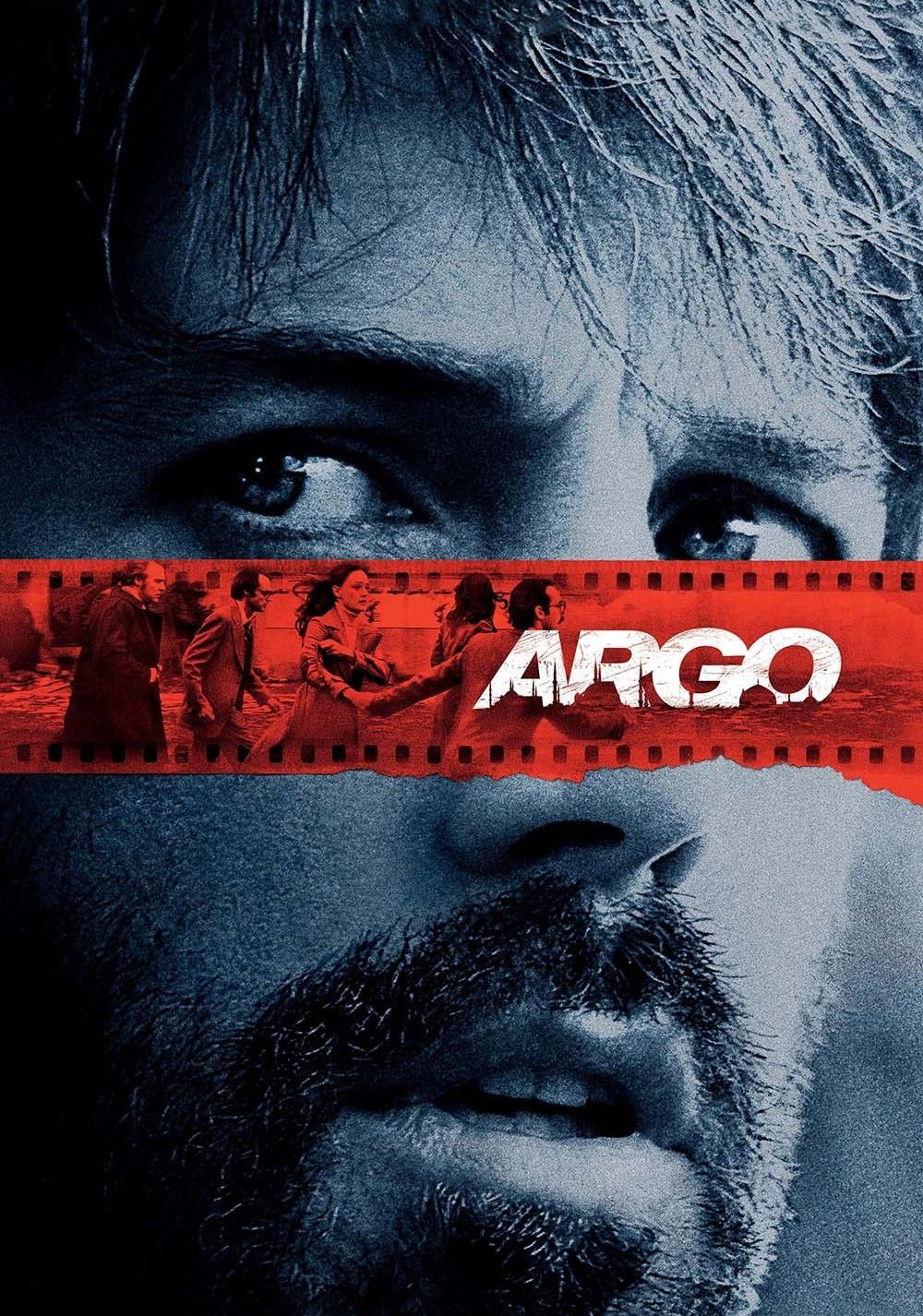
The movie doesn’t fully show how much Canadian diplomats helped hide the Americans for several months. The exciting chase and close call at the airport were added to create drama. And the help provided by various countries and organizations has been simplified into one secret operation.
‘The Imitation Game’ (2014)

The film portrays Alan Turing as the sole designer of the Bombe, but cracking the Enigma code was actually a collaborative achievement involving mathematicians and engineers from both Poland and Britain. Additionally, the movie exaggerates the level of control Turing had over specific operations at Bletchley Park, particularly regarding the decision to allow an attack to safeguard secrecy. Finally, the film presents a simplified version of the events surrounding Turing’s arrest and his relationships with colleagues.
‘Bohemian Rhapsody’ (2018)
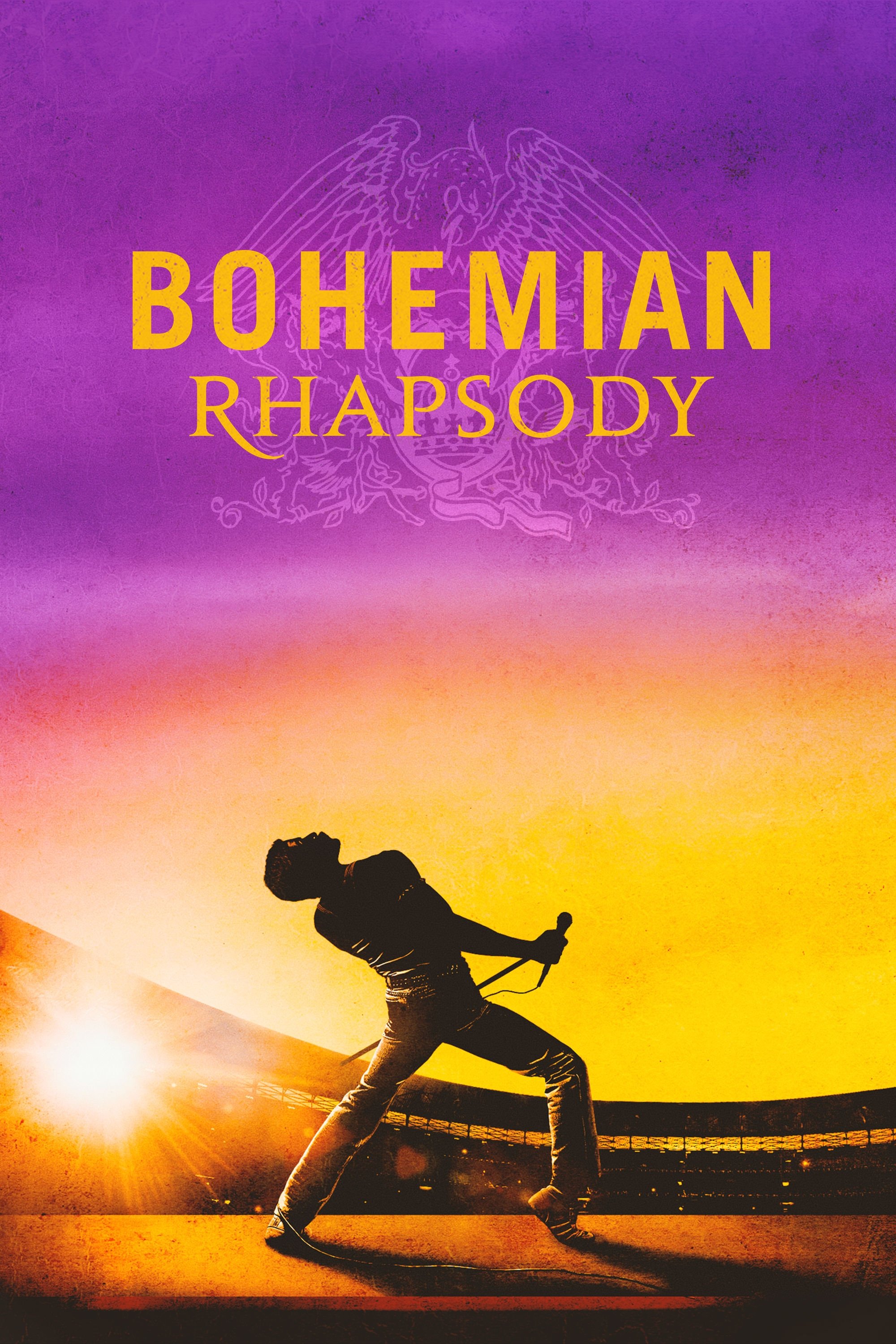
The movie changes the order of events to have the band members resolve their issues right before the Live Aid concert. It creates a dramatic reunion that didn’t actually happen like that, and it also reveals news of someone’s illness earlier in the story to build up to a more powerful final performance.
‘The Greatest Showman’ (2017)
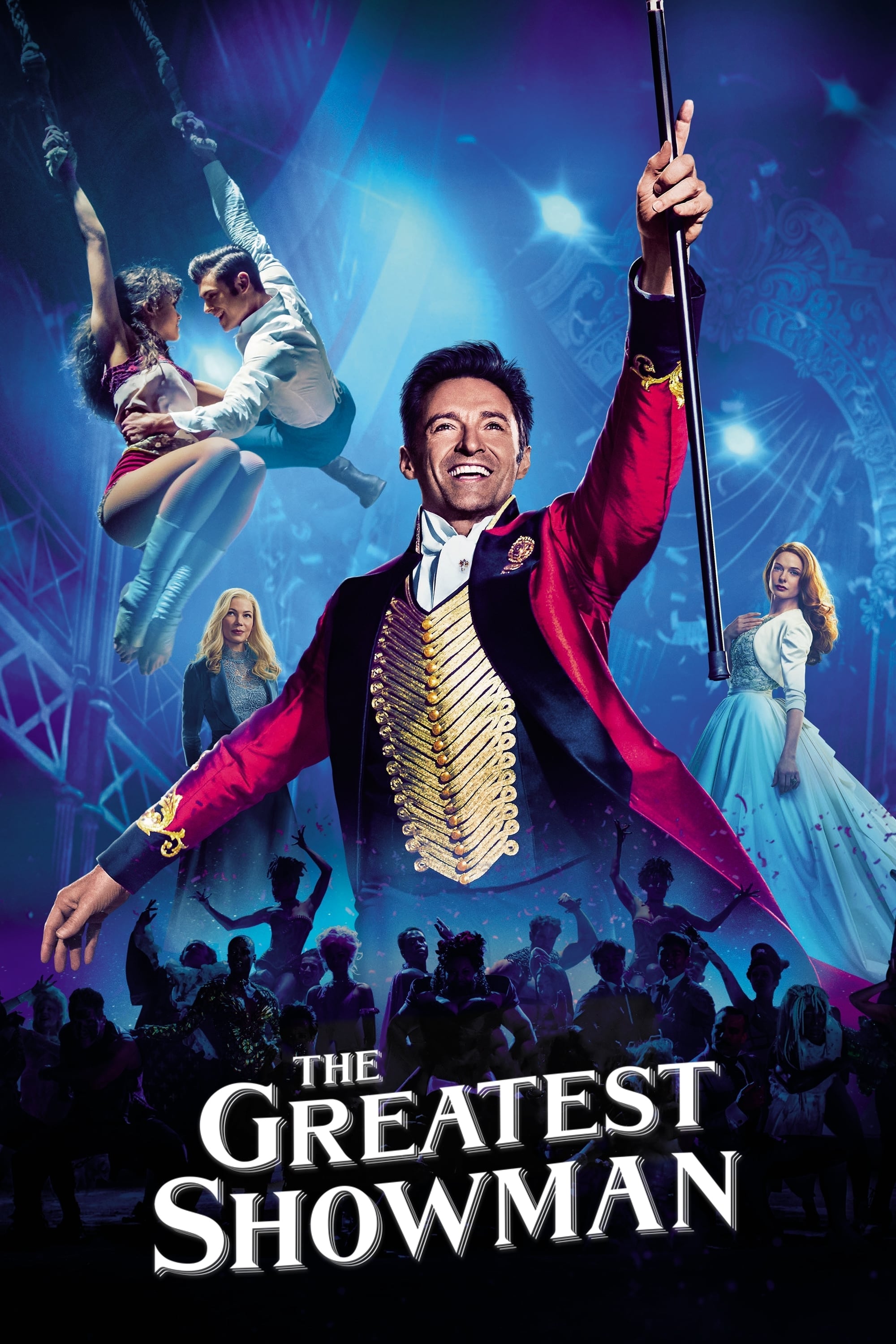
While often portrayed as a forward-thinking entertainer, P.T. Barnum’s history reveals a pattern of exploiting performers and using sensationalized marketing. The film takes liberties with the truth, combining or inventing characters and downplaying or omitting major controversies surrounding his exhibits.
‘Alexander’ (2004)
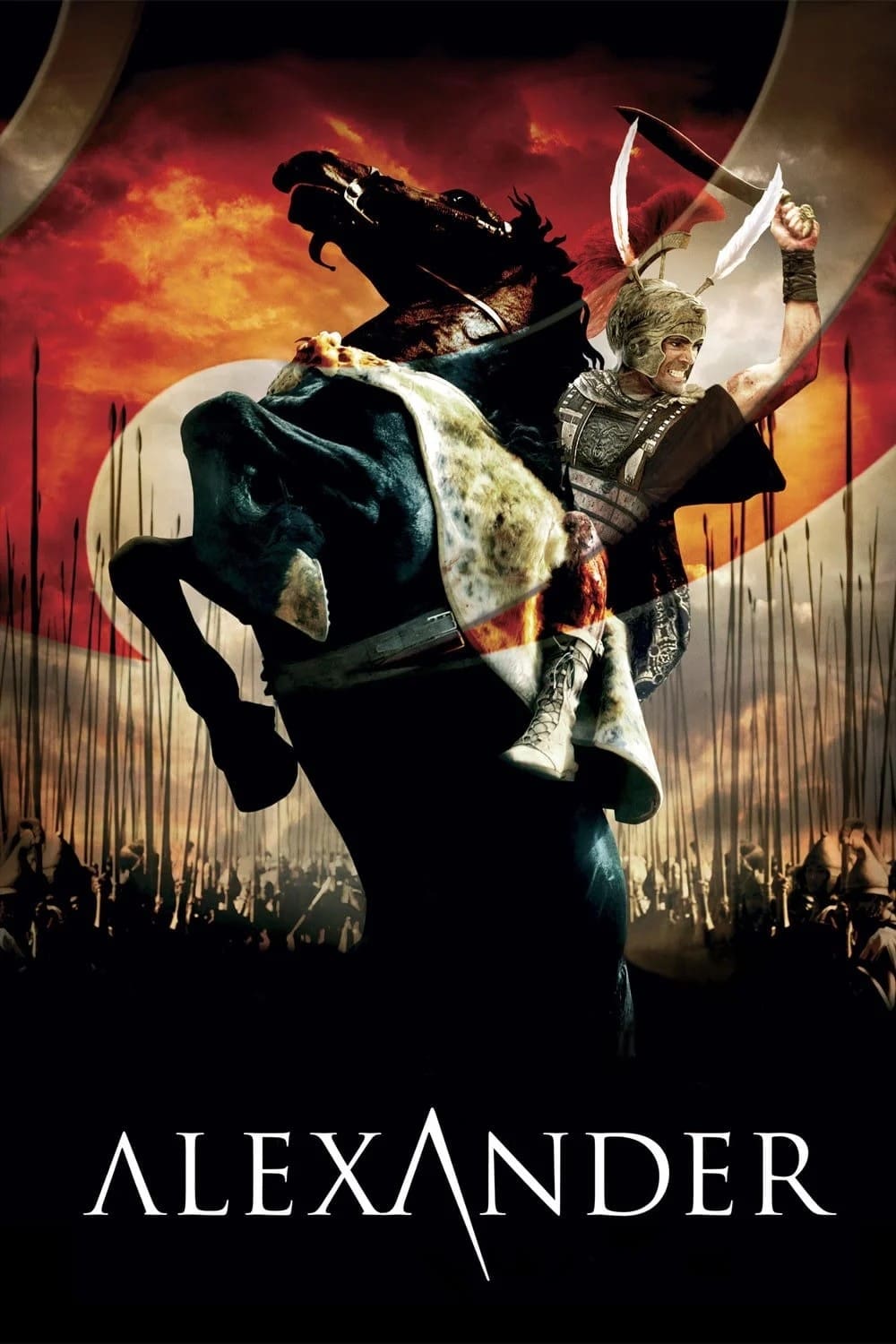
As a fan, I’ve noticed the game takes the big battles and blends different places and results together to make things more exciting. It also streamlines the complicated stuff happening with kings, queens, and who’s going to take the throne – they’ve taken a lot of different historical accounts and woven them into one main story. And honestly, it’s easier to follow because they’ve focused on a handful of key enemies instead of trying to show *everyone* who was fighting. It really helps you get invested in the core conflicts!
‘Apocalypto’ (2006)
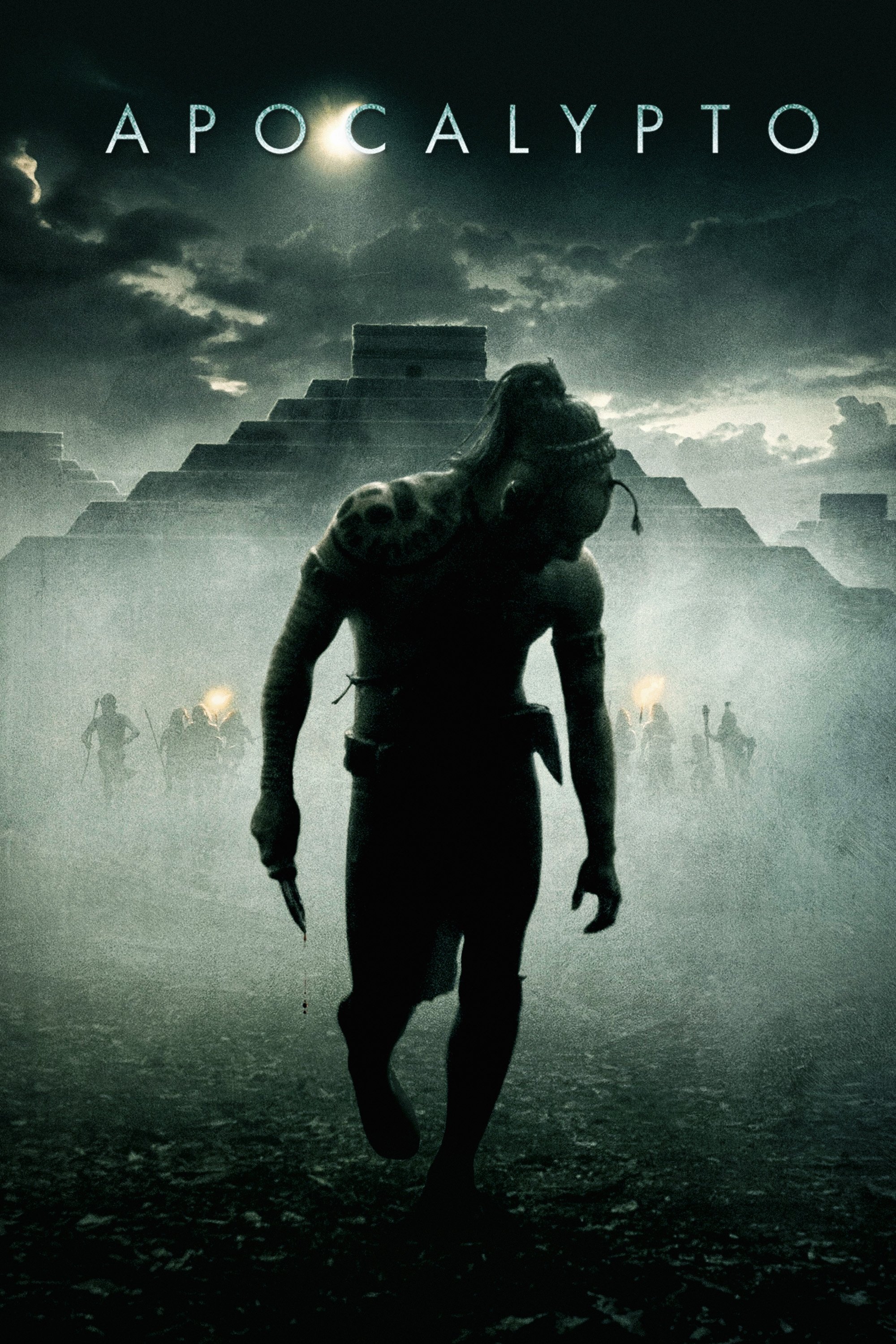
The story blends customs and beliefs from various ancient Mesoamerican cultures, drawing from different time periods. While the setting is within Maya communities, it highlights sacrificial practices common to other Mesoamerican groups. The arrival of Europeans is woven into the plot in a way that compresses the timeline, leading to a more impactful conclusion.
‘The Other Boleyn Girl’ (2008)
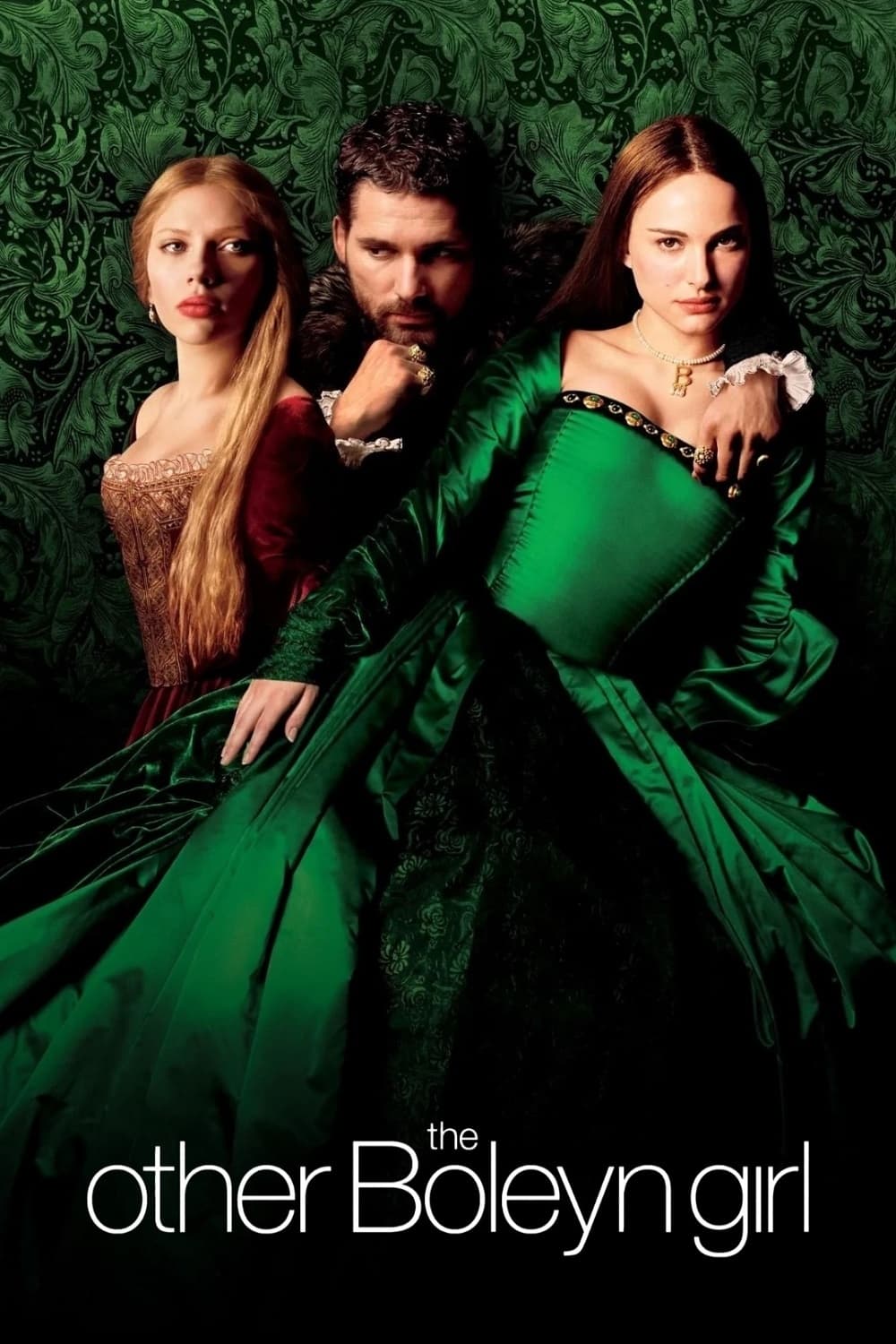
The movie adds fictional scenes and intensifies conflicts within the Boleyn family to create more drama. It also rearranges the timeline of Anne Boleyn’s relationship with and marriage to Henry VIII. The film downplays the political and religious factors influencing Tudor choices, instead emphasizing personal conflicts.
‘Marie Antoinette’ (2006)
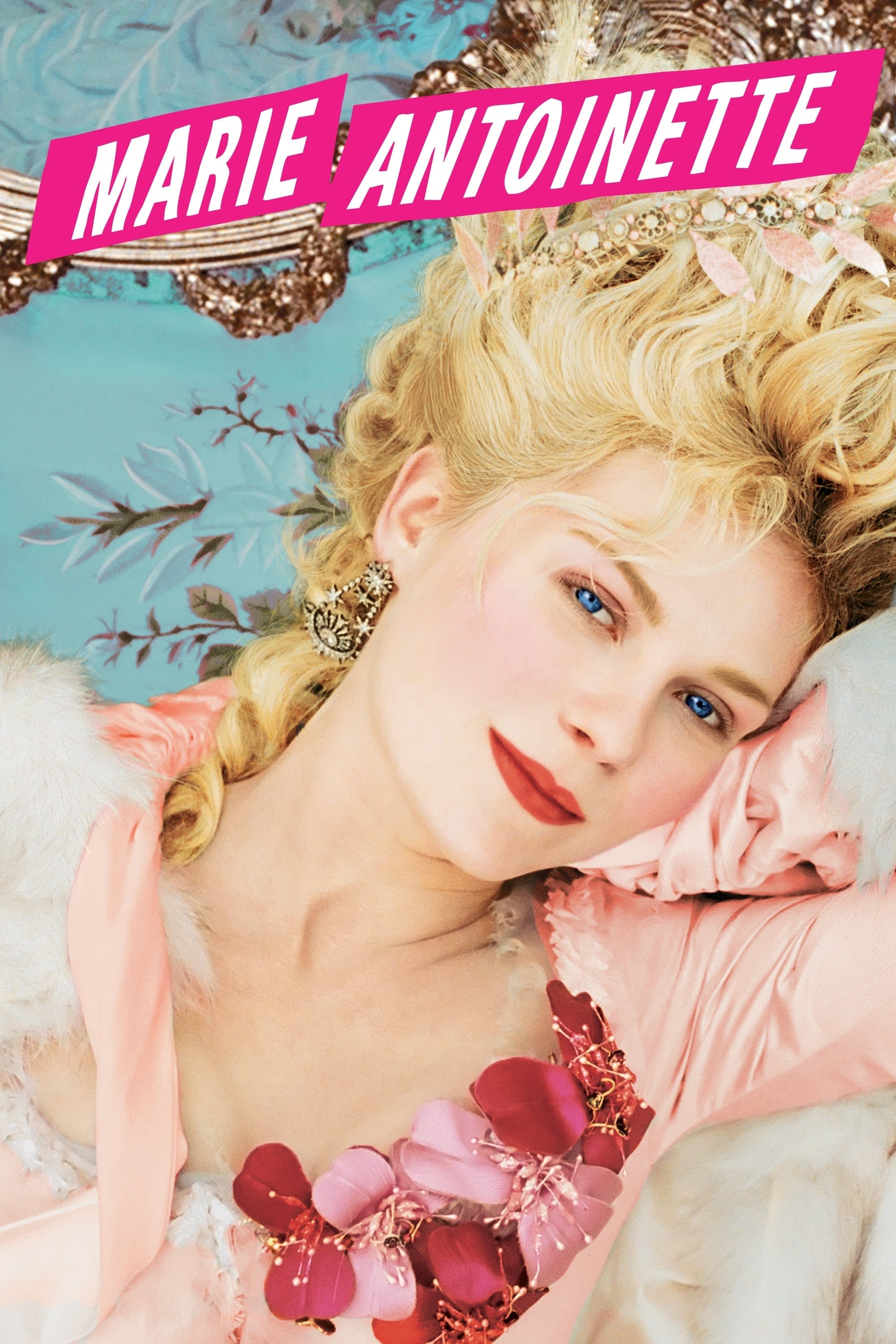
Okay, so this movie really focuses on the *feel* of the French court – all the ceremonies and intimate scenes – but it does so with a very contemporary eye. It almost deliberately avoids getting bogged down in the political stuff that *led* to the revolution. And, honestly, they keep repeating that ‘Let them eat cake’ line, even though historians doubt Marie Antoinette ever actually said it! The film sort of glosses over the serious financial problems and growing anger of the people, treating them more like a general backdrop than a driving force of the story. It’s less about the *why* of the revolution and more about the *who* and the atmosphere surrounding them.
‘Elizabeth: The Golden Age’ (2007)
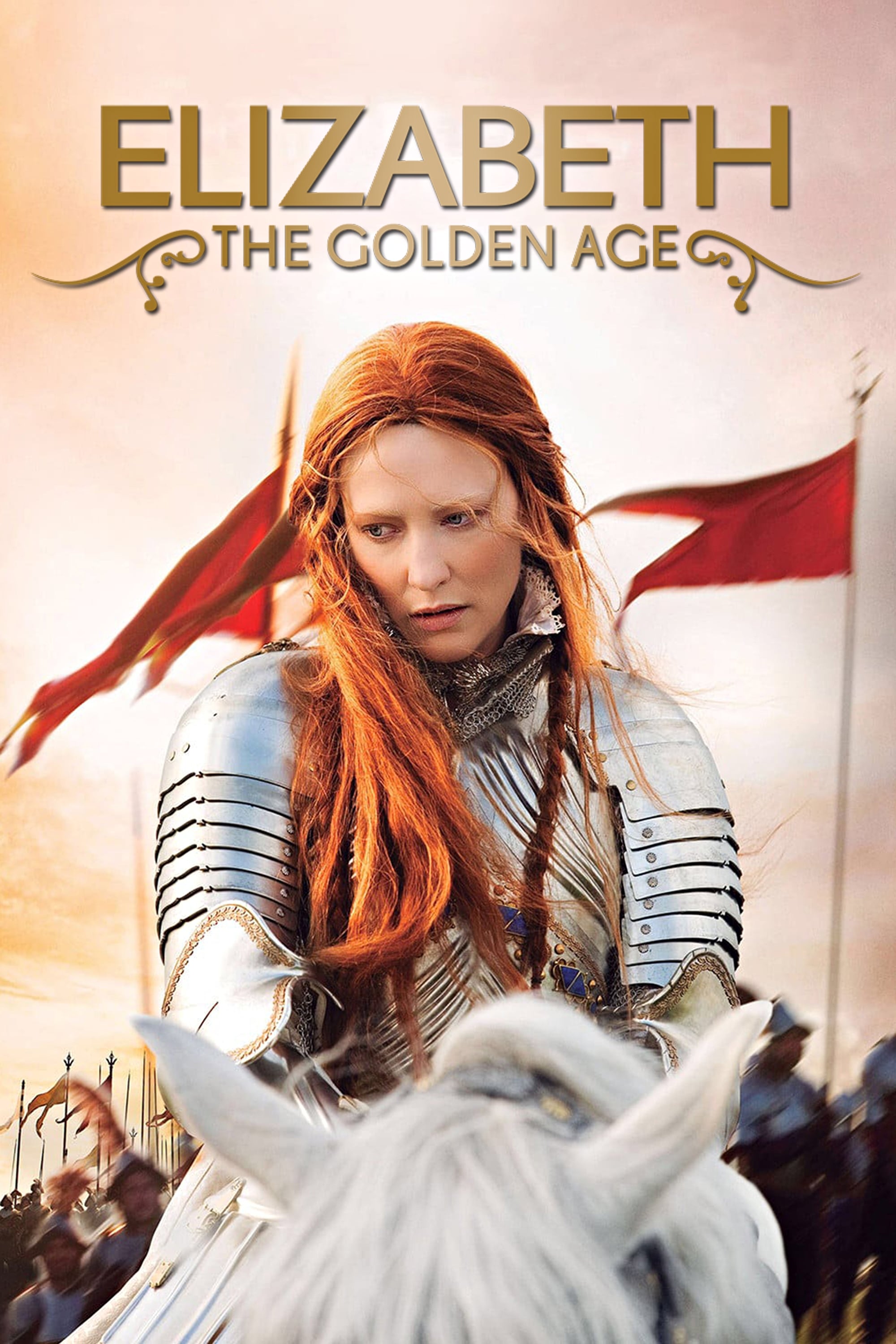
The game’s depiction of the Spanish Armada focuses on ship battles that don’t accurately reflect how those fights actually happened. Important decisions and long-term strategies are rushed into a handful of cutscenes and conversations. The complex political situation, involving both negotiations with Spain and internal conflicts, is presented as one simple danger.
‘Amadeus’ (1984)
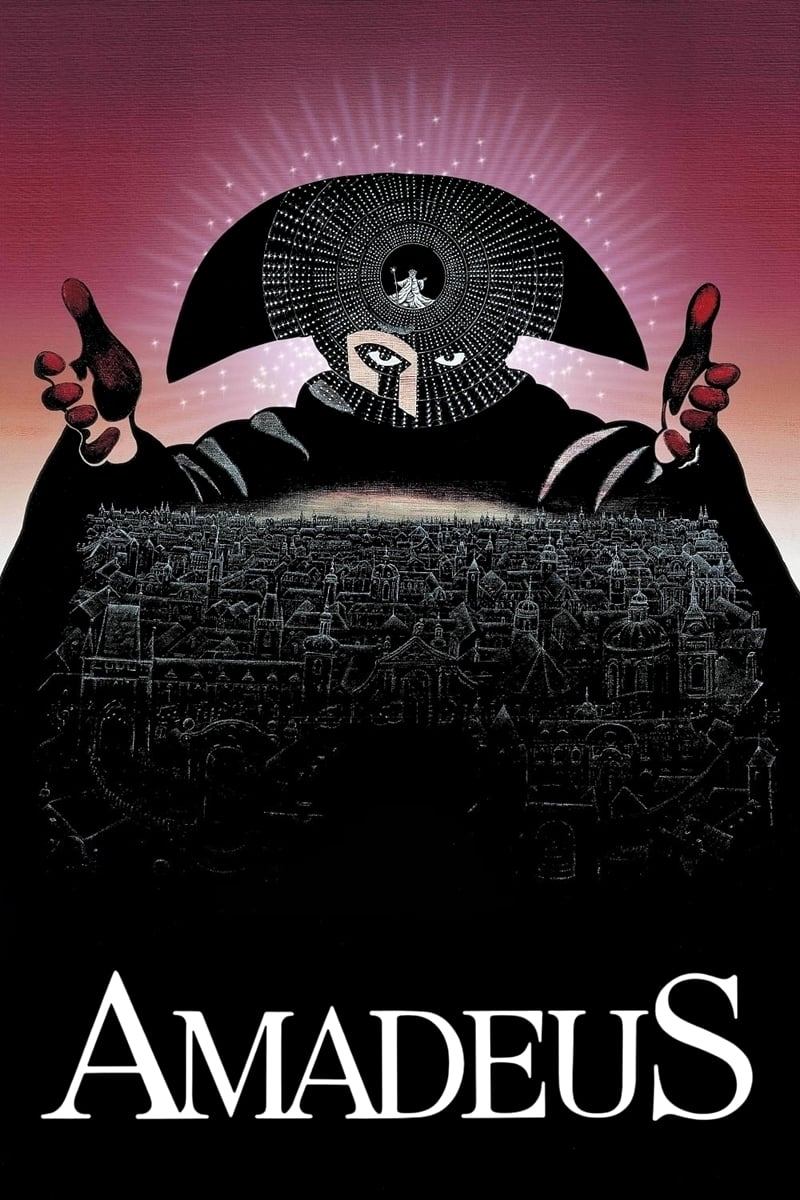
I’ve always been fascinated by the story of Mozart and Salieri, but it seems like the way it’s told often goes way beyond what actually happened. The popular narrative paints Salieri as someone who actively tried to ruin Mozart’s life and career, but the historical records just don’t back that up. And honestly, the details surrounding Mozart’s death are often more dramatic storytelling than confirmed facts. It’s a compelling story, but it’s definitely been embellished over time.
‘The Last Samurai’ (2003)
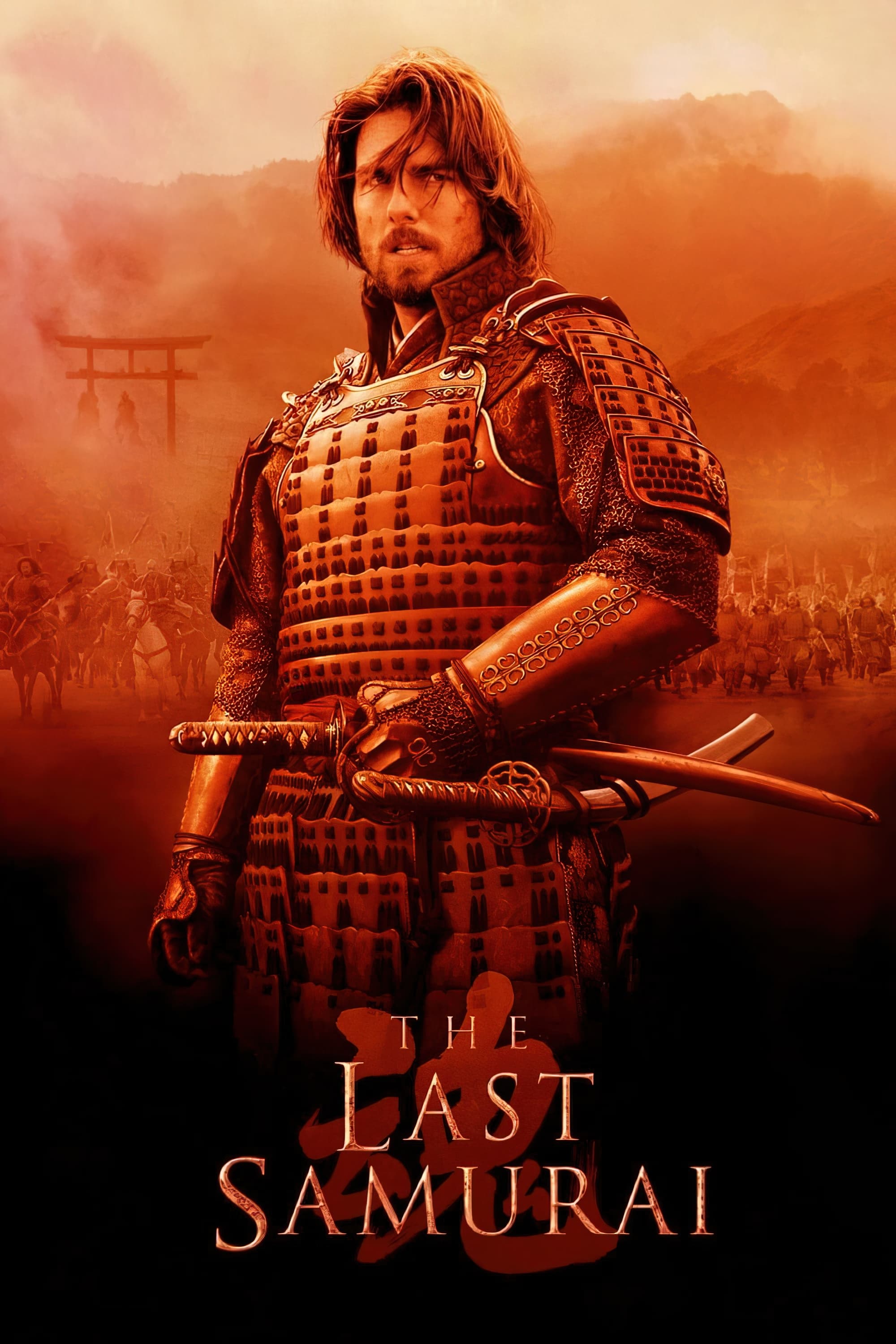
The main character is inspired by the many Western advisors who lived and worked in Japan during the Meiji era. While samurai actually used modern weapons during battles of that time, the story depicts them refusing to adopt firearms. The historical Satsuma Rebellion is condensed into a single, major battle for dramatic effect.
‘Pocahontas’ (1995)
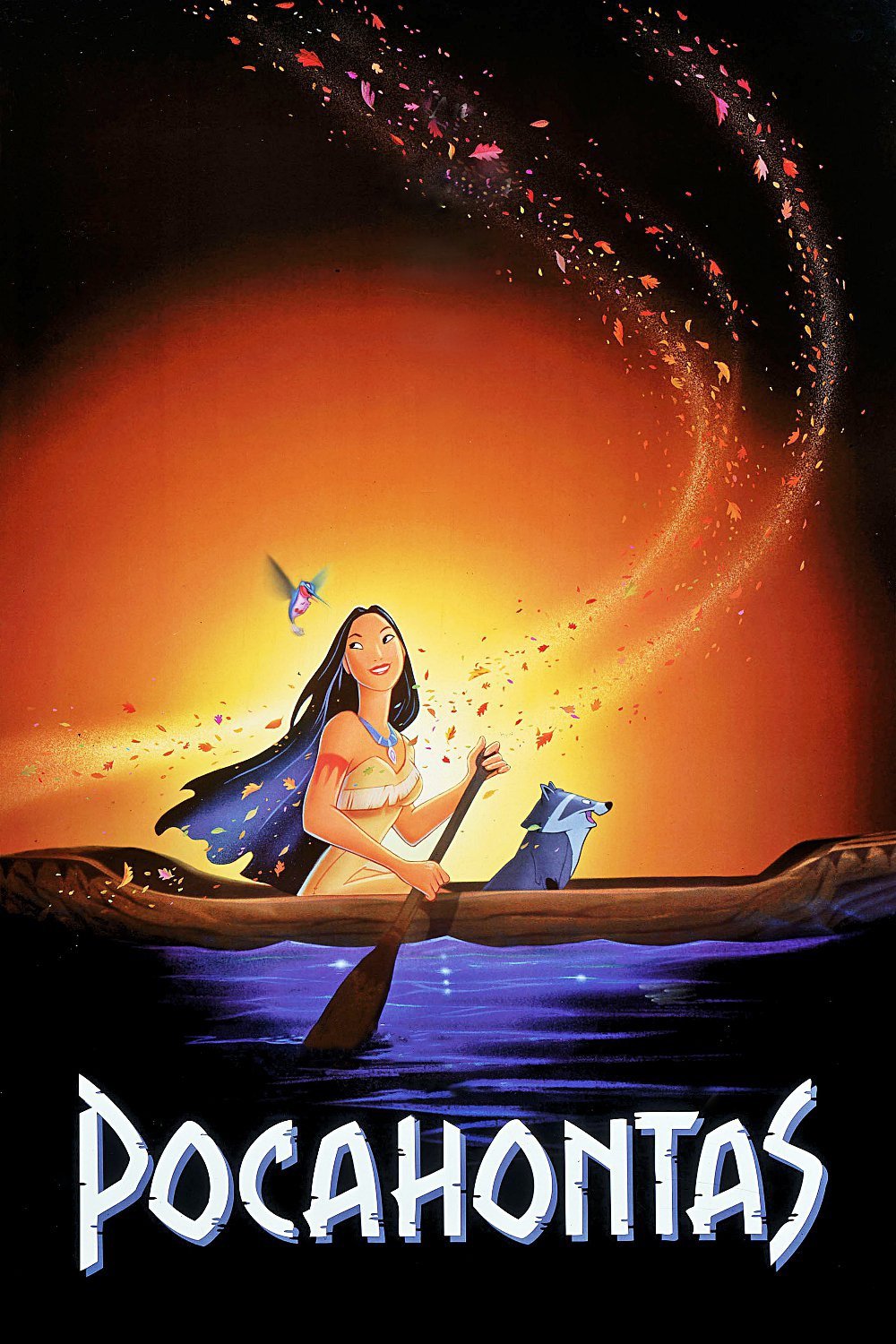
The movie takes liberties with the real story of Pocahontas and John Smith, creating a fictional romance and changing their ages. It simplifies the complicated relationship between colonists and Native Americans, portraying it as just a matter of cultural differences. To streamline the narrative, the film combines or leaves out certain historical people.
‘The Last King of Scotland’ (2006)
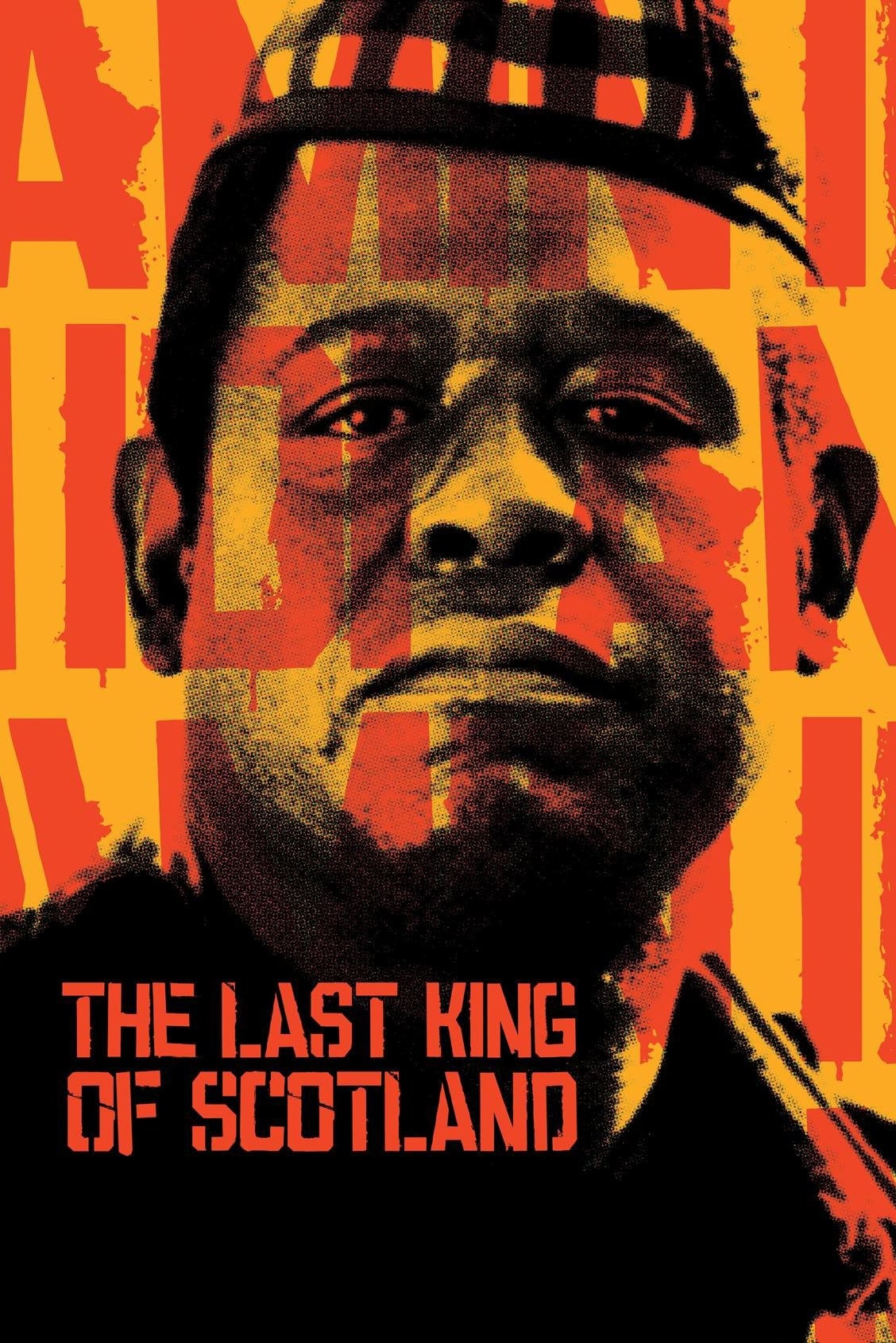
The doctor featured in this story is a fictional character created to observe events during Idi Amin’s rule in Uganda. The story streamlines the timing of abuses and political issues, and real people and events are woven into made-up scenes and conversations.
‘Green Book’ (2018)
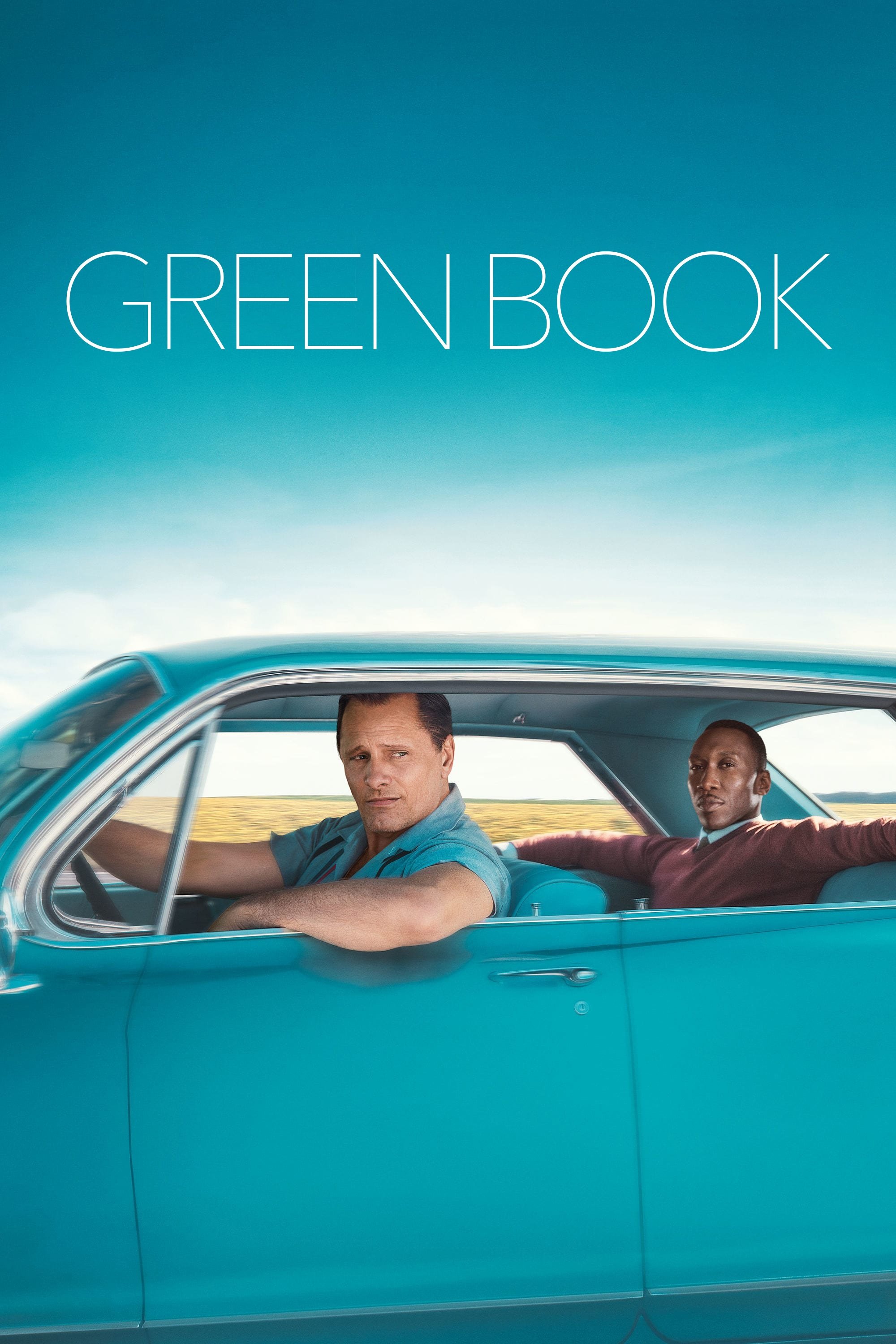
Don Shirley’s family has questioned how closely the movie reflects his actual relationships. To create a more dramatic story, the film changed some facts about his tours and how he operated professionally. It also combined events from several trips into a single, fictionalized journey.
‘The Untouchables’ (1987)
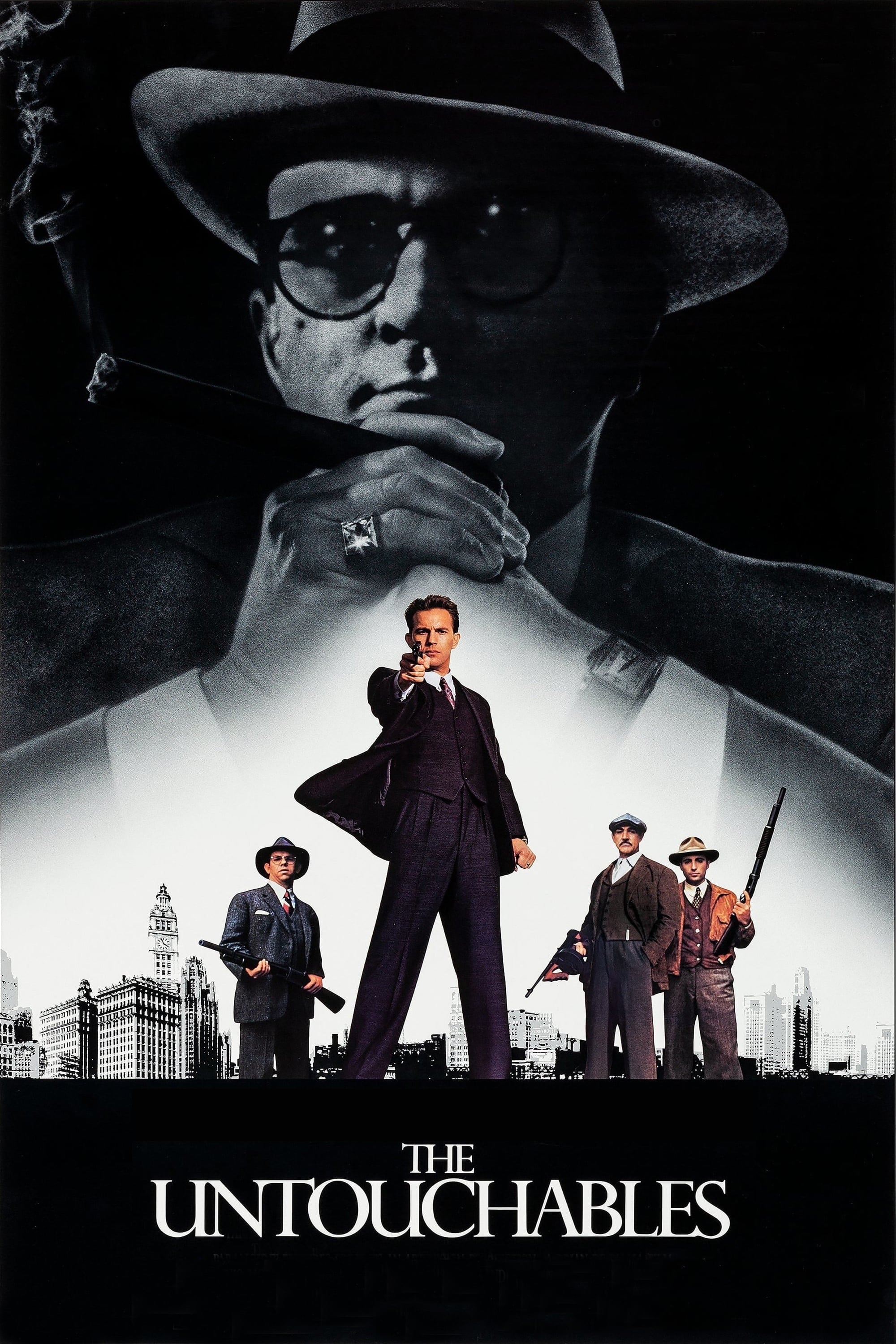
Iconic scenes like the train station gunfight are presented in a highly dramatic and imaginative way. The film reimagines Eliot Ness and his team, emphasizing action-packed showdowns over careful planning and legal tactics. And the story of Frank Nitti’s end, as well as the courtroom scenes, don’t accurately reflect what really happened.
‘Kingdom of Heaven’ (2005)
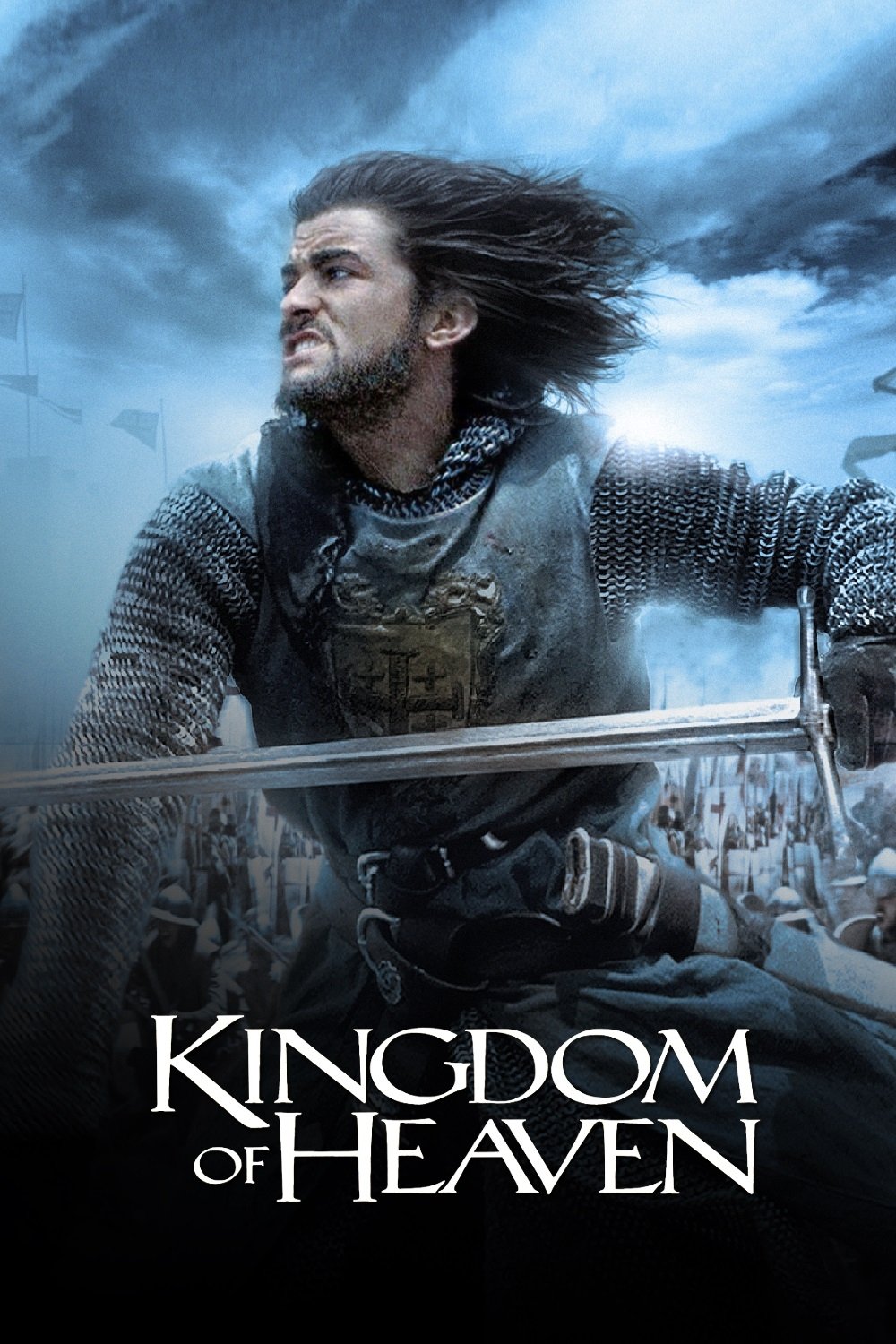
The movie takes liberties with the real story of Balian of Ibelin, inventing events and relationships that didn’t actually happen. The siege of Jerusalem is depicted with updated language and strategies, making medieval warfare seem more straightforward. And the complex political landscape between the Crusaders and local people is simplified to make the conflict easier to follow.
‘Anonymous’ (2011)
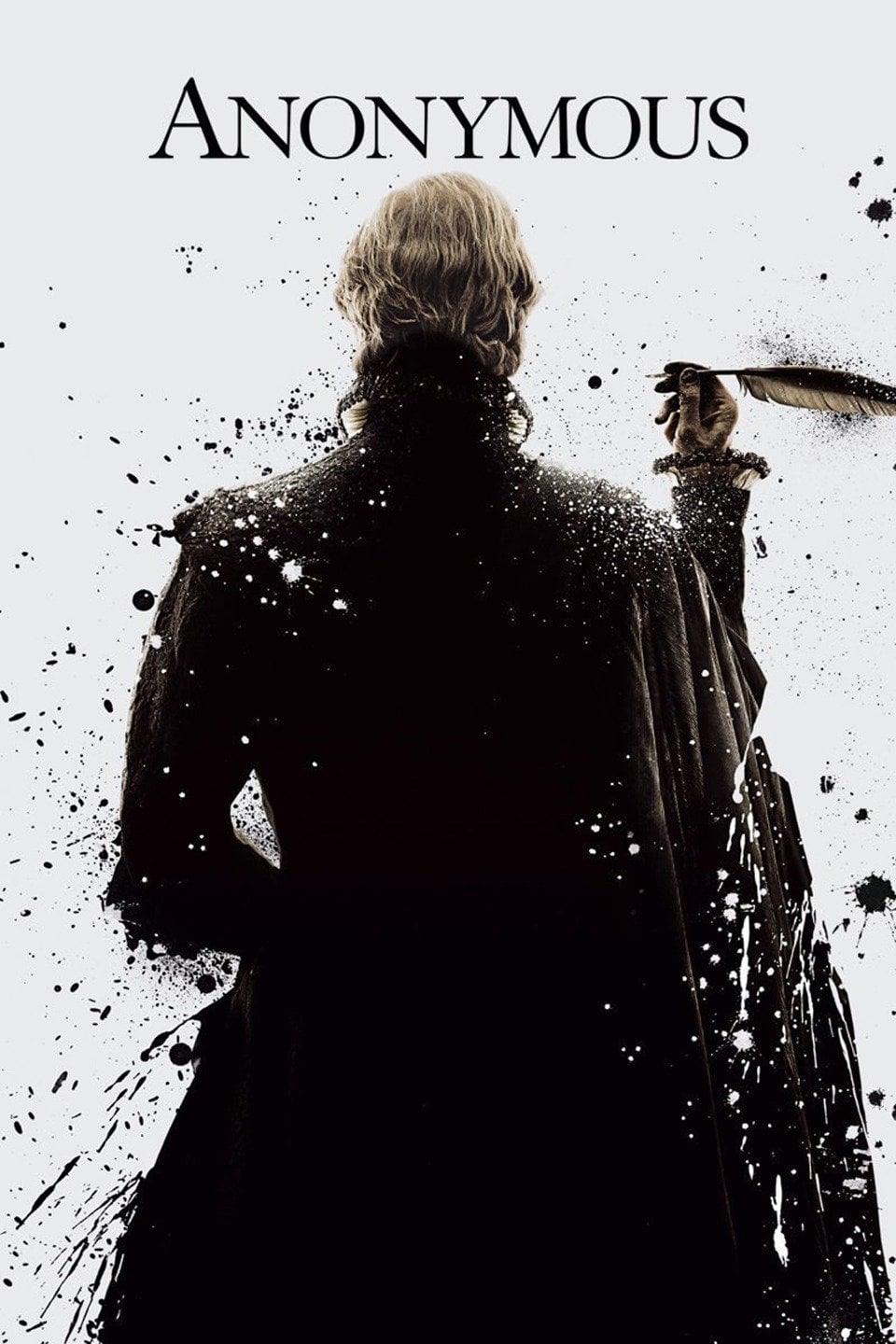
The movie suggests that Edward de Vere was the real author of Shakespeare’s plays, despite most scholars disagreeing with this idea. To support this claim, the film changes timelines and details of people’s lives, and mixes together the theatrical and political scenes of the time.
‘The Aeronauts’ (2019)
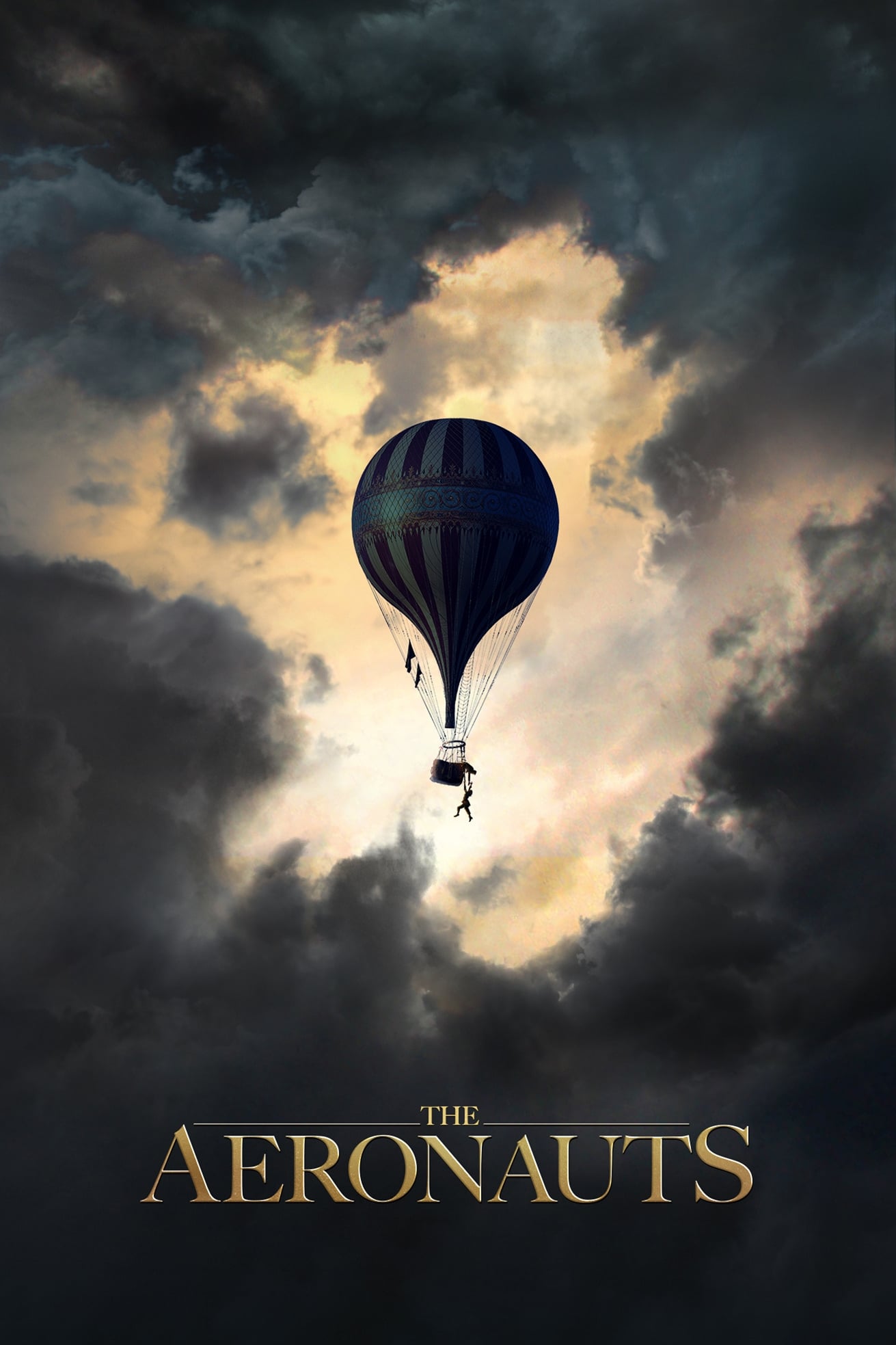
To create a more compelling story, the co-pilot has been reimagined as a fictional woman instead of being based on a real man. The story also blends multiple historical ballooning accidents into a single, dramatic flight. We’ve also modified the technical details and weather to increase the tension and danger.
‘From Hell’ (2001)
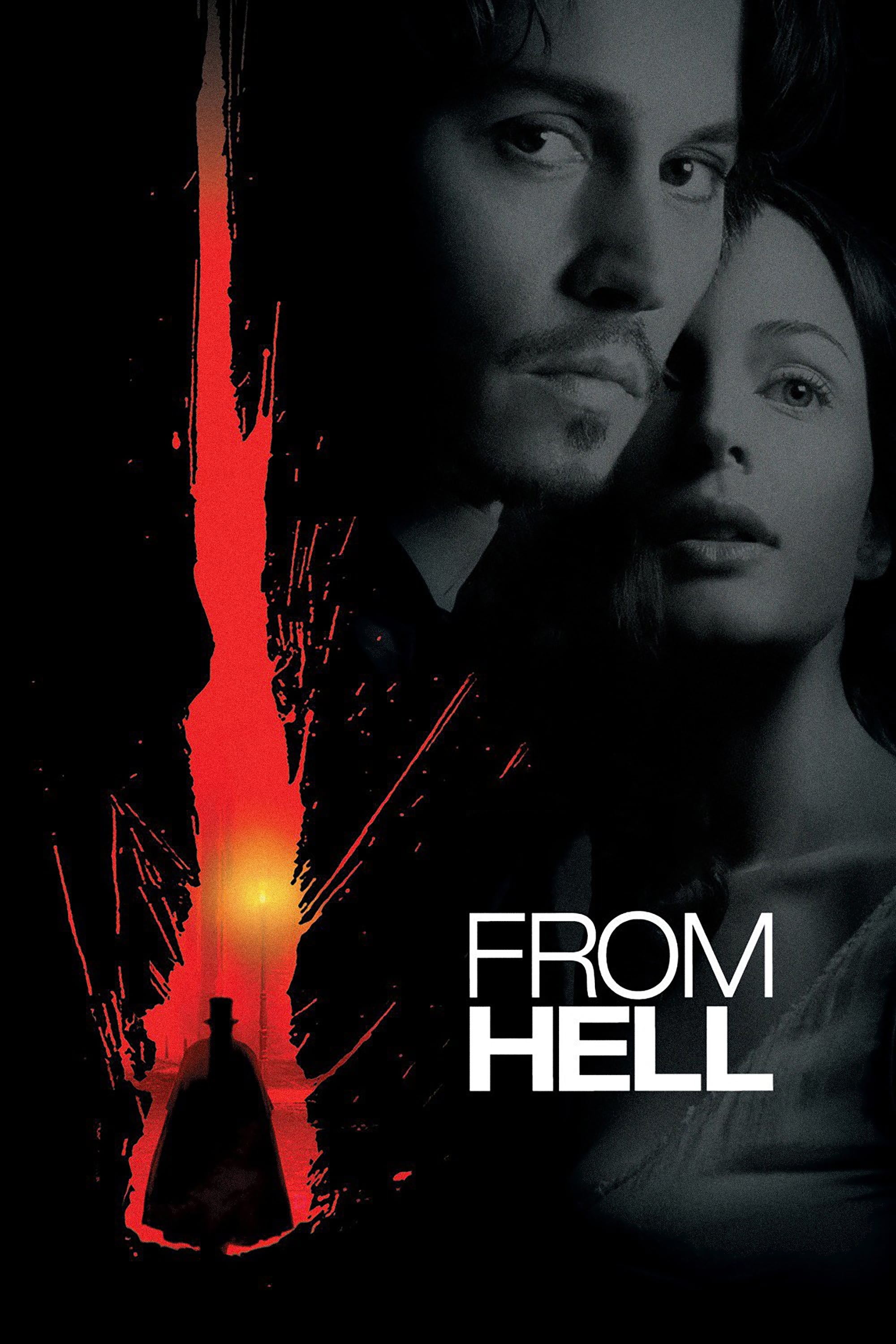
The investigation of the Whitechapel murders is connected to a supposed royal conspiracy, but there’s no proof it actually happened. The story takes liberties with how police and doctors worked at the time, and the suspects and events are shaped to support one particular idea about what occurred.
‘The Revenant’ (2015)
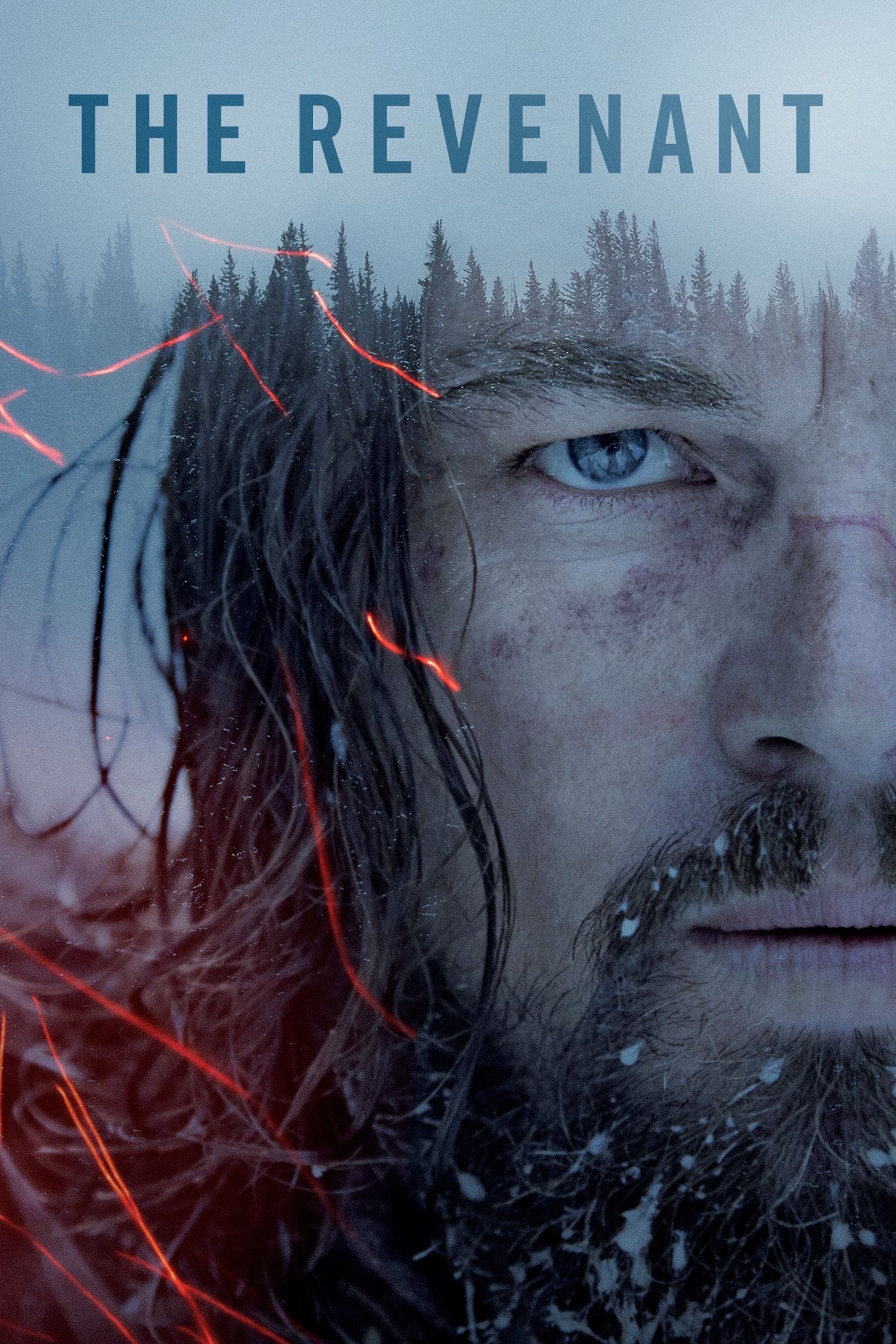
The story of Hugh Glass has been dramatized, with details added that aren’t supported by original sources. His pursuit of revenge is presented as a more direct, personal clash than what actually happened, and the setting and time of year have been changed to better suit the movie’s production and narrative.
‘Memoirs of a Geisha’ (2005)

The movie shows geisha training and traditions, but takes some creative liberties that make it unclear what geisha actually do. Experts disagree with how the film portrays certain important customs. The story also combines events from before and after World War II into one continuous timeline, which isn’t historically accurate.
‘10,000 BC’ (2008)
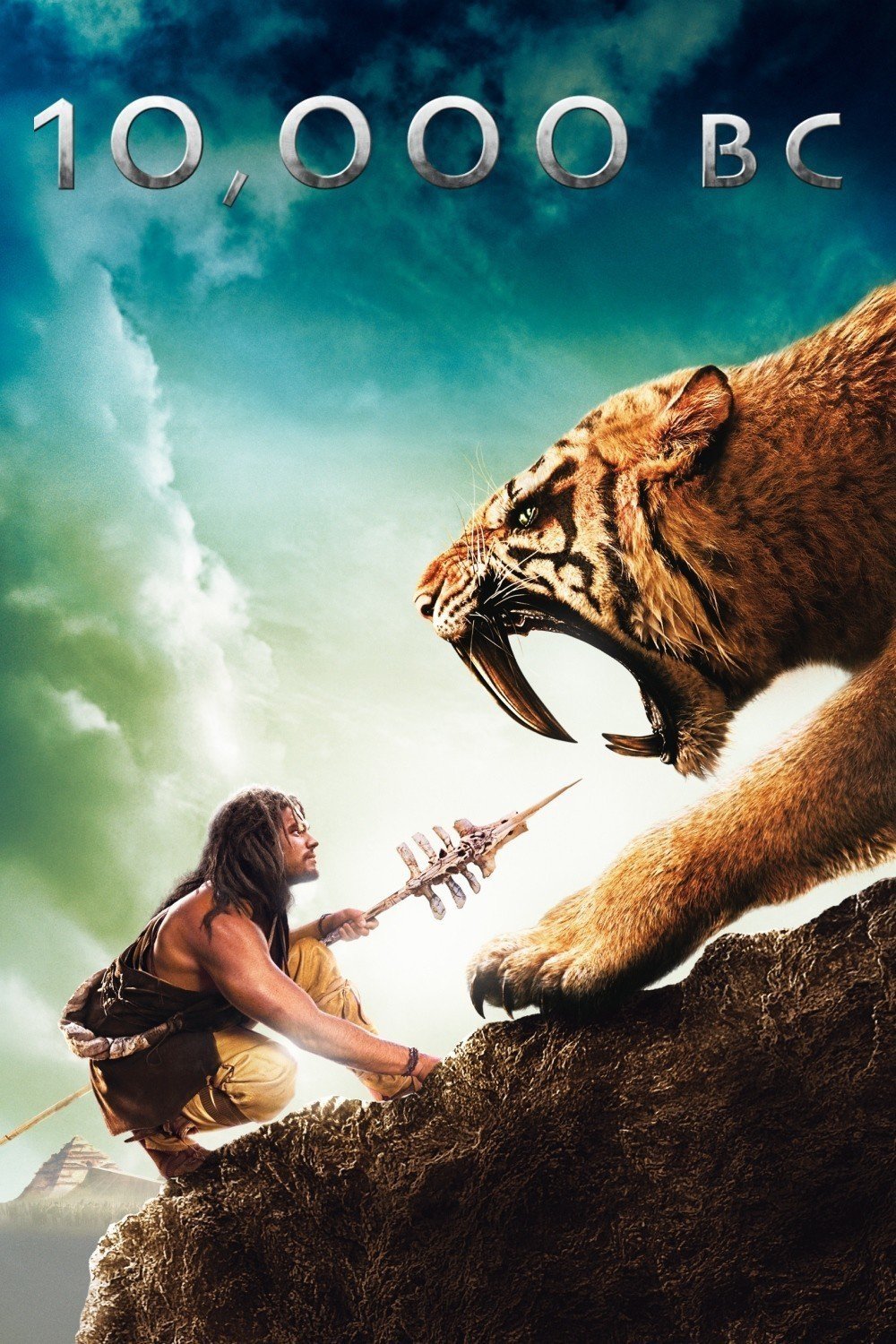
As a fan, it’s just amazing to me how this story blends things that shouldn’t really exist together at the same time! Like, horses weren’t fully domesticated, metalworking was nowhere near as advanced, and pyramids weren’t being built until much later – yet here they all are, happening together! It feels like different cultures from all over the place somehow merged into one group on the move. And the way the story is told, with this epic quest, it cleverly weaves together technologies and myths that come from completely different periods in history. It’s a really unique and imaginative world!
‘The Woman King’ (2022)
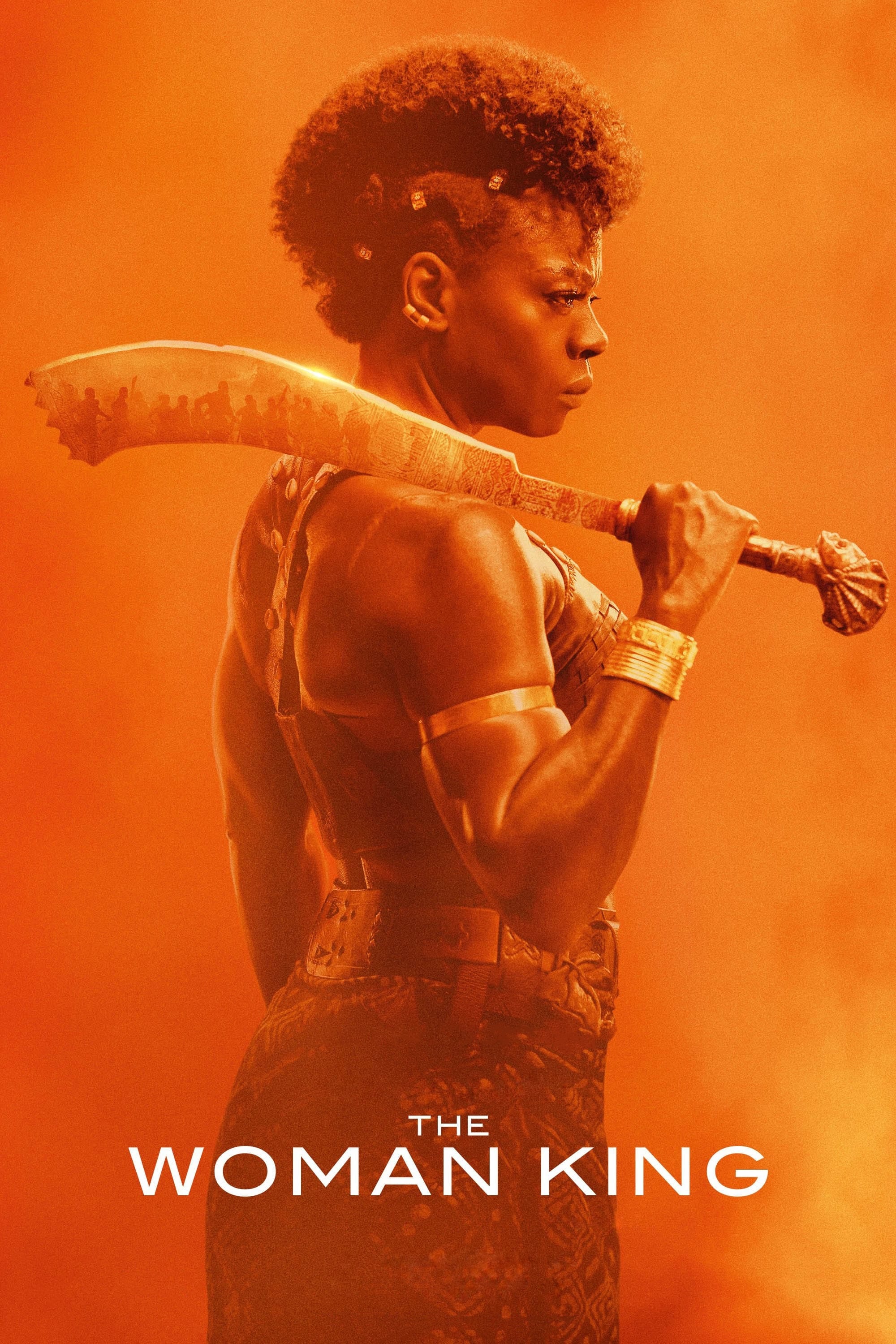
The story focuses on the feelings of those who opposed slavery, but it doesn’t fully acknowledge the part the Dahomey kingdom played in the slave trade during the 1800s. The characters represent a mix of people and ideas from long-running debates. Historical battles and negotiations are presented in a way that highlights a strong moral shift, even if the actual events happened differently and over a longer period.
Share which film surprised you most and what the biggest inaccuracy was in the comments.
Read More
- Persona 5: The Phantom X – All Kiuchi’s Palace puzzle solutions
- How to Unlock Stellar Blade’s Secret Dev Room & Ocean String Outfit
- Leveraged ETFs: A Dance of Risk and Reward Between TQQQ and SSO
- 🚨 Pi Network ETF: Not Happening Yet, Folks! 🚨
- How to Do Sculptor Without a Future in KCD2 – Get 3 Sculptor’s Things
- Is Nebius a Buy?
- Quantum Bubble Bursts in 2026? Spoiler: Not AI – Market Skeptic’s Take
- Three Stocks for the Ordinary Dreamer: Navigating August’s Uneven Ground
- XRP Breaks Chains, SHIB Dreams Big, BTC Options Explode – A Weekend to Remember!
- PharmaTrace Scores 300K HBAR to Track Pills on the Blockchain-Because Counterfeit Drugs Needed a Tech Upgrade! 💊🚀
2025-10-16 05:17